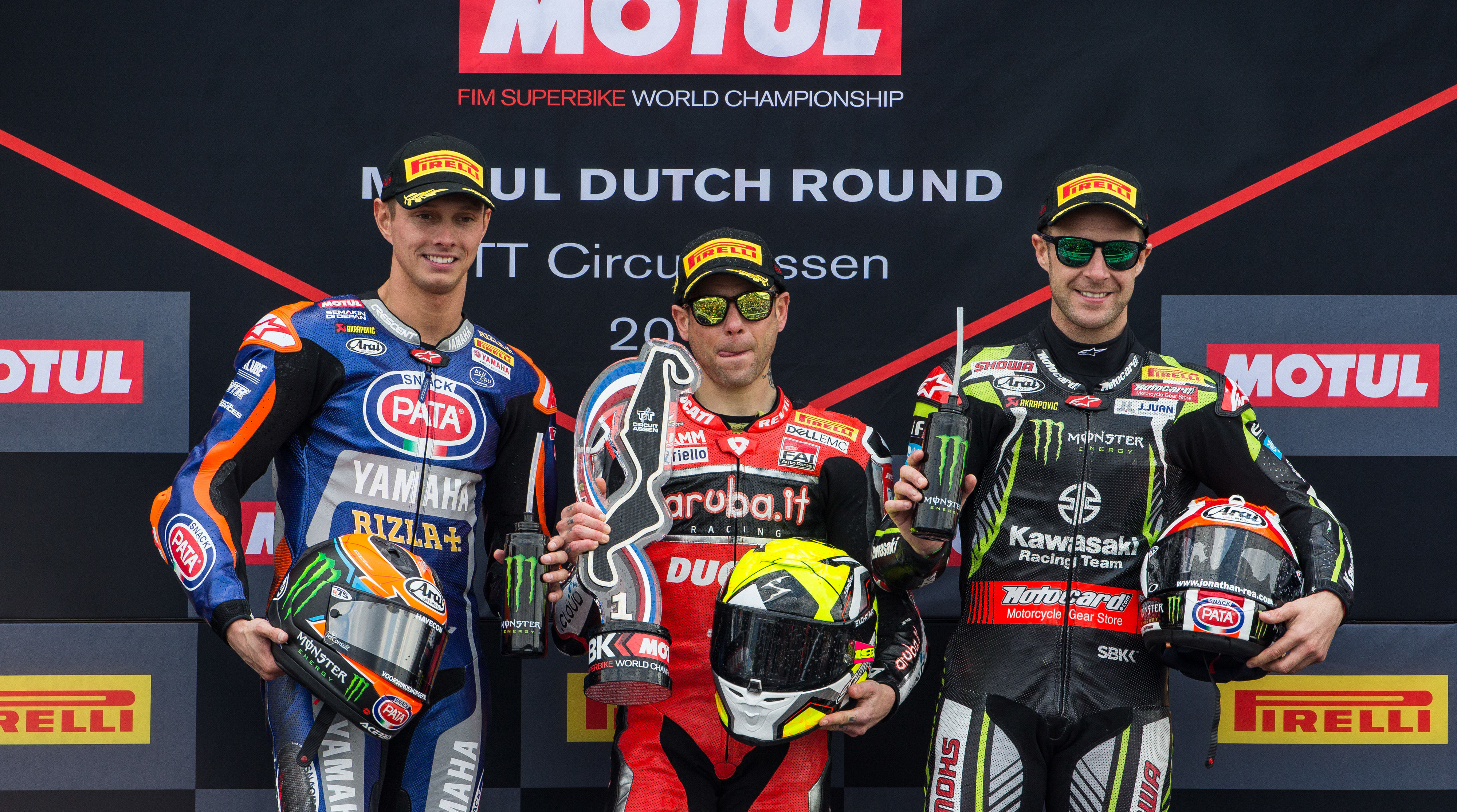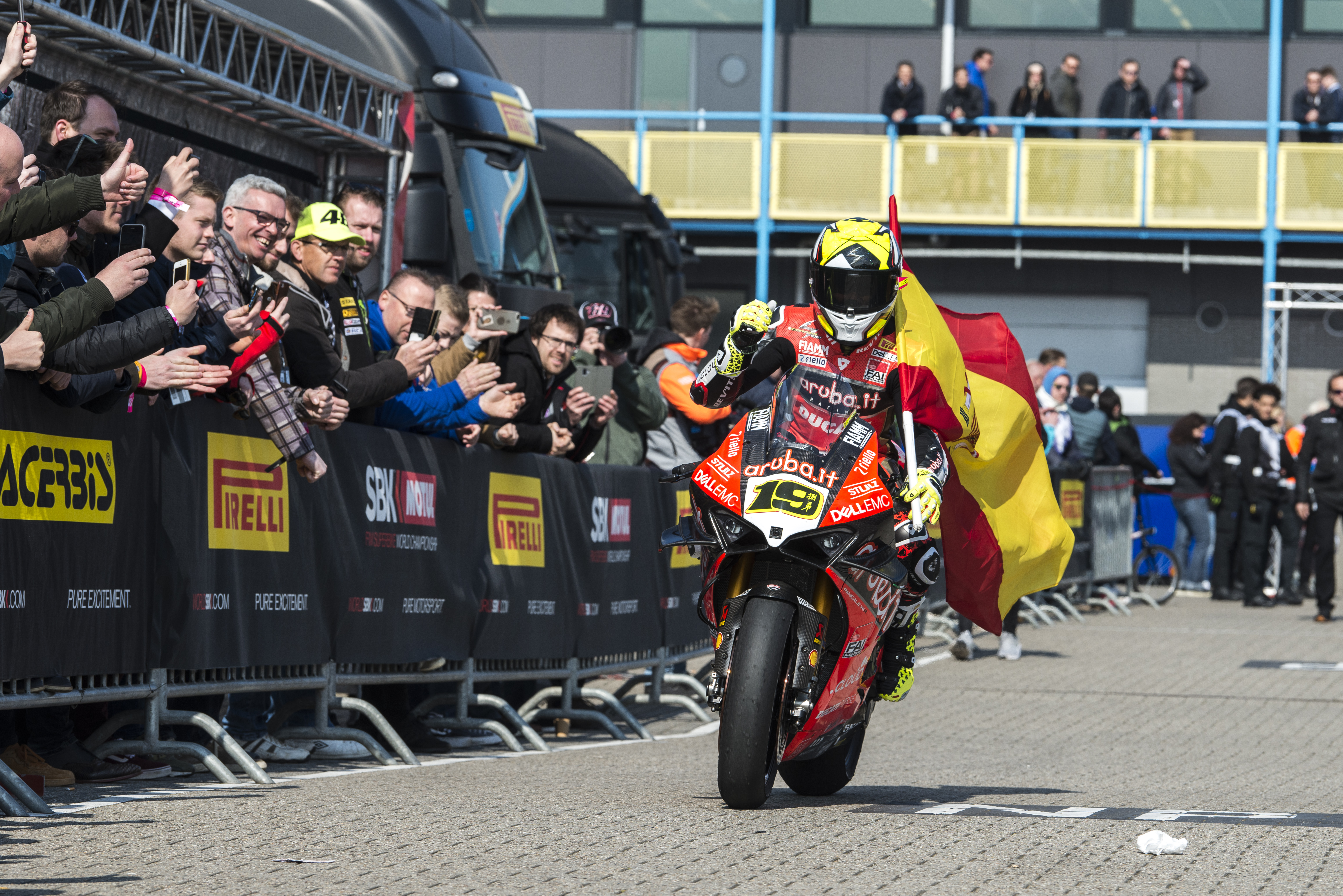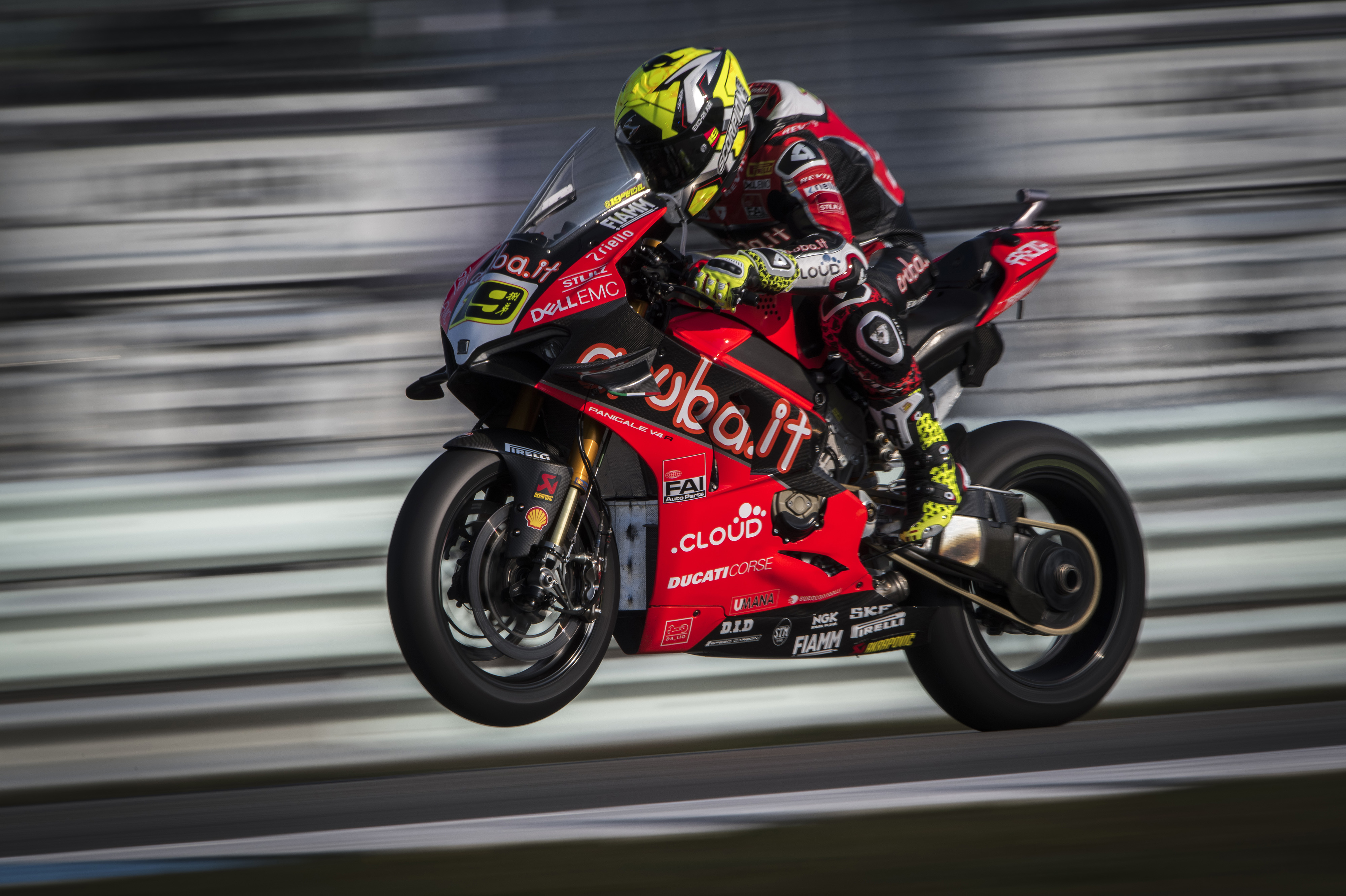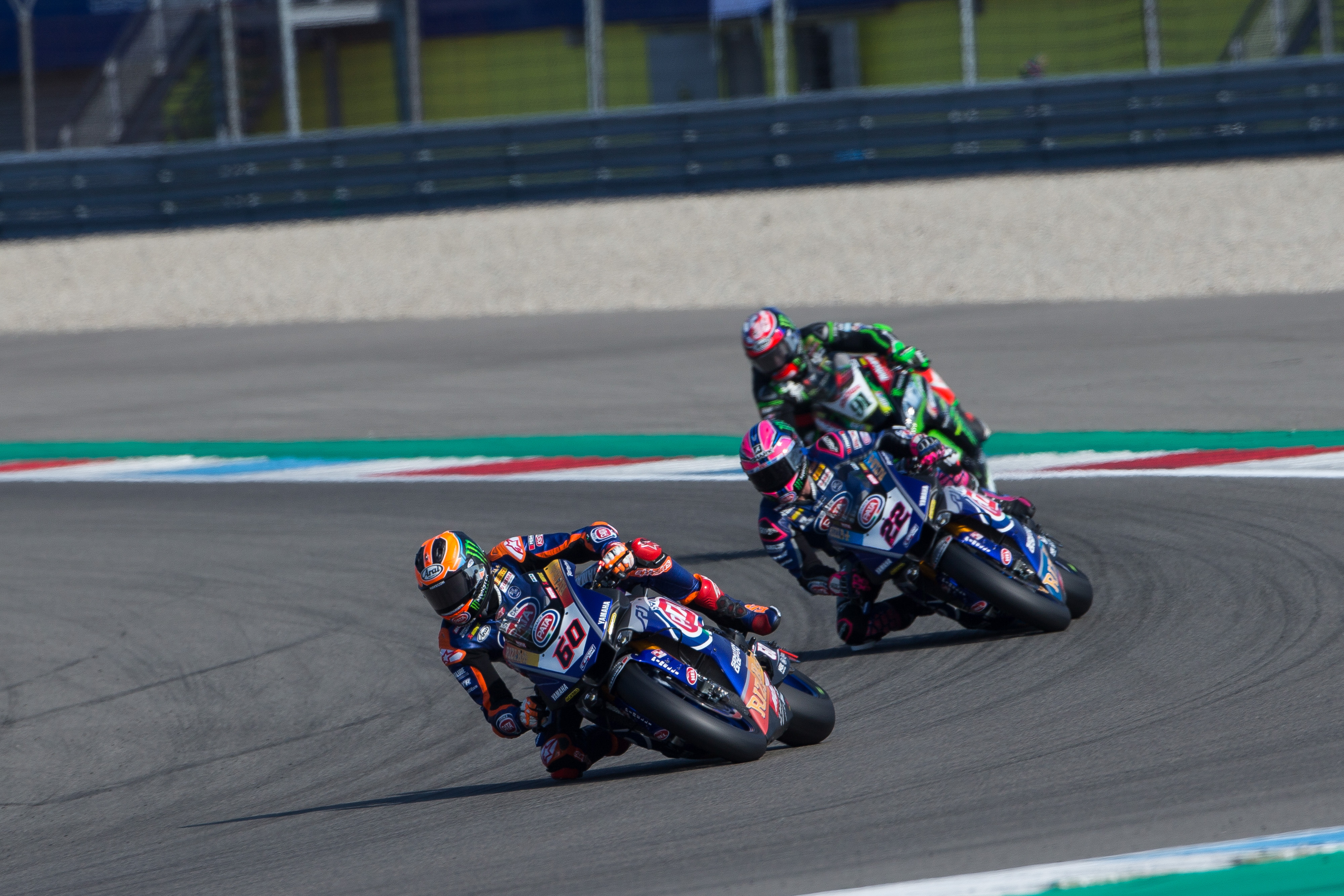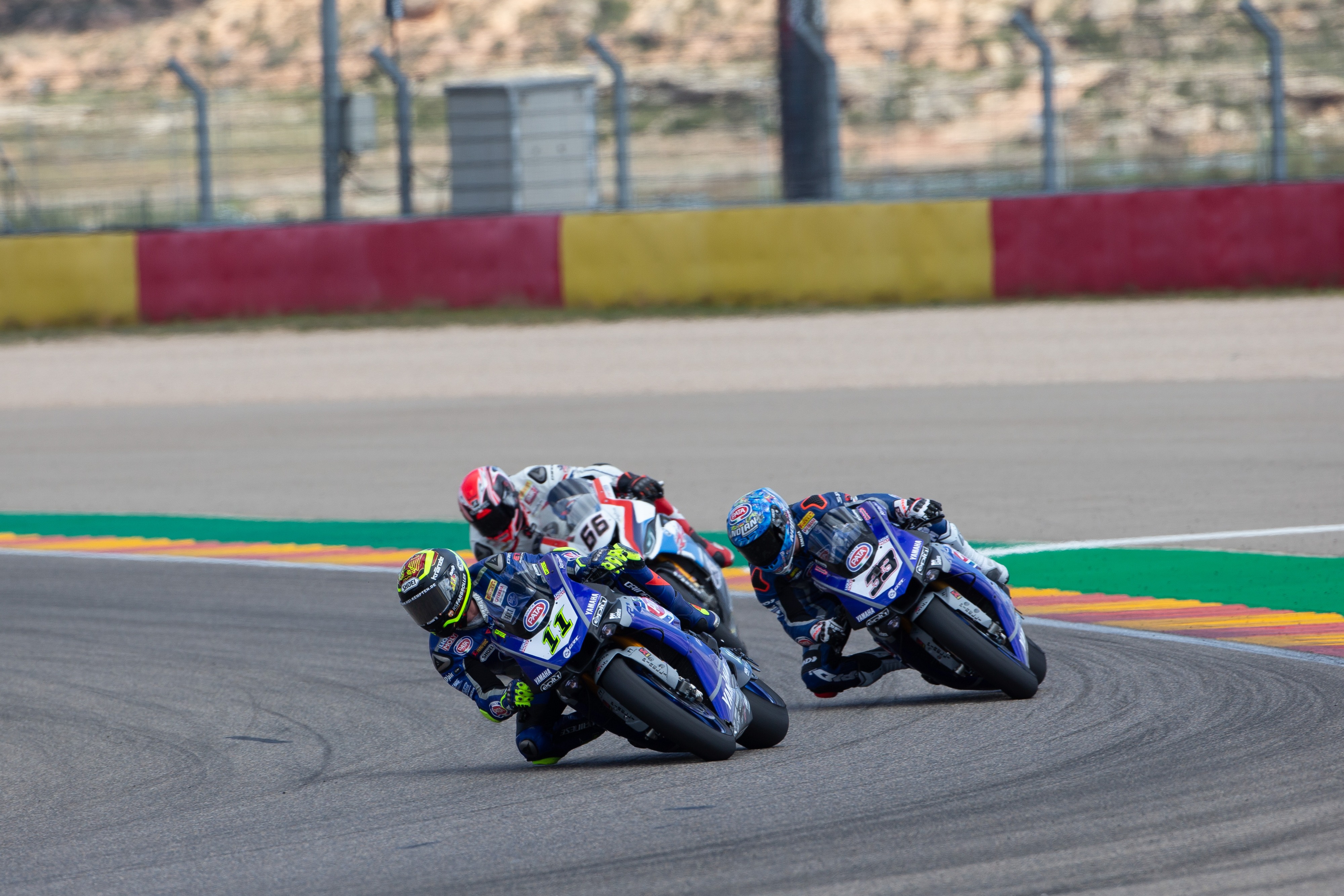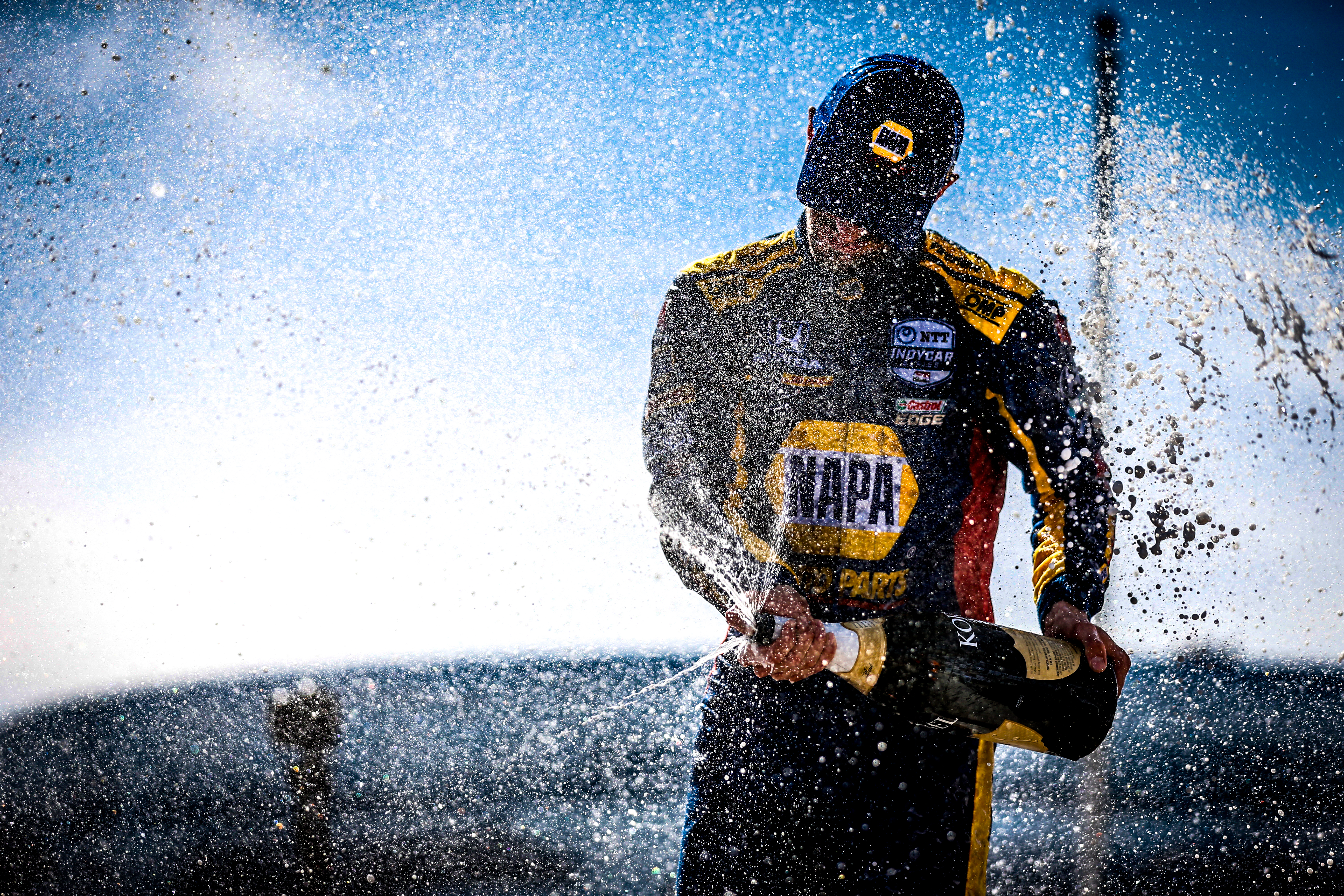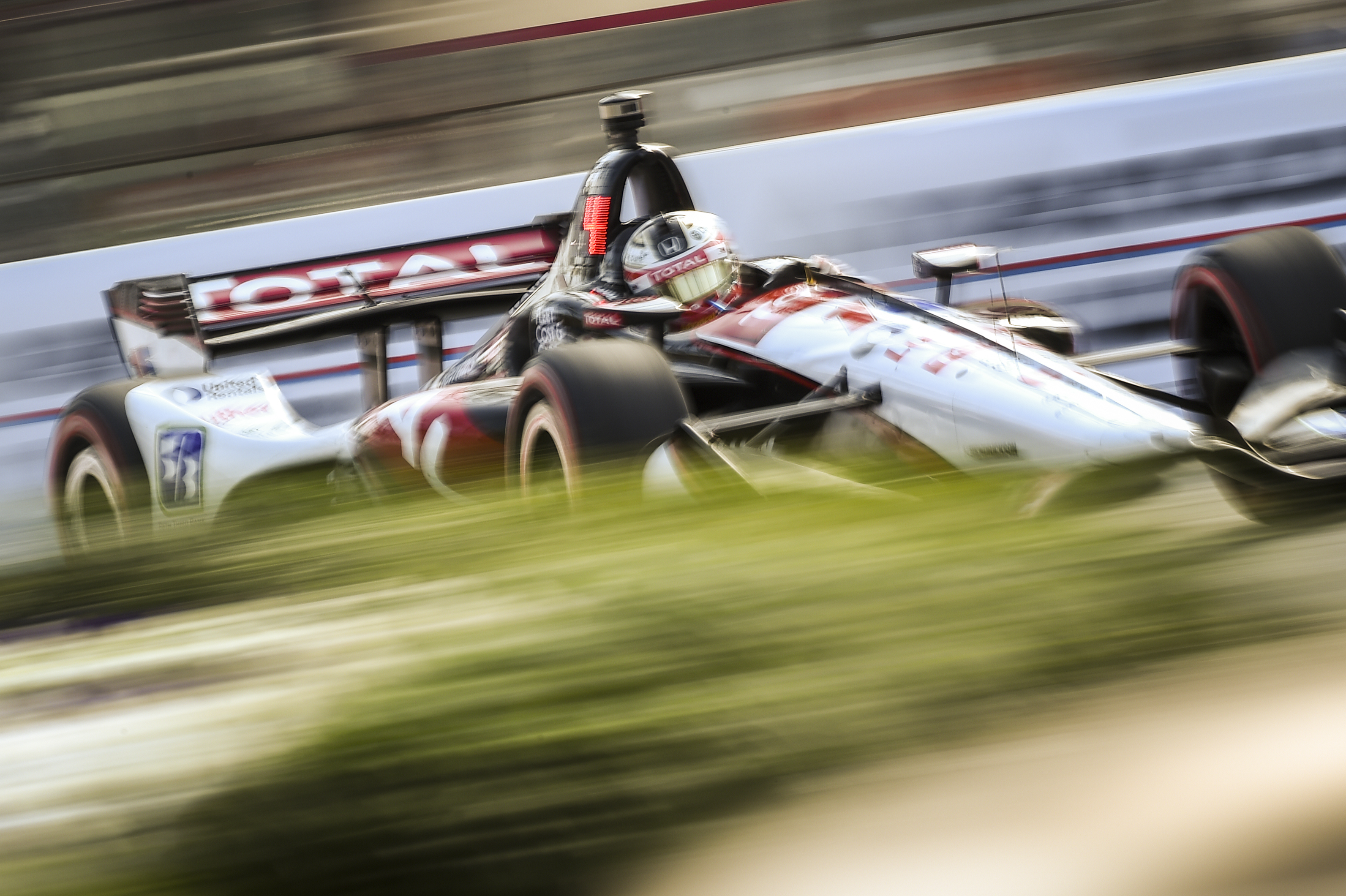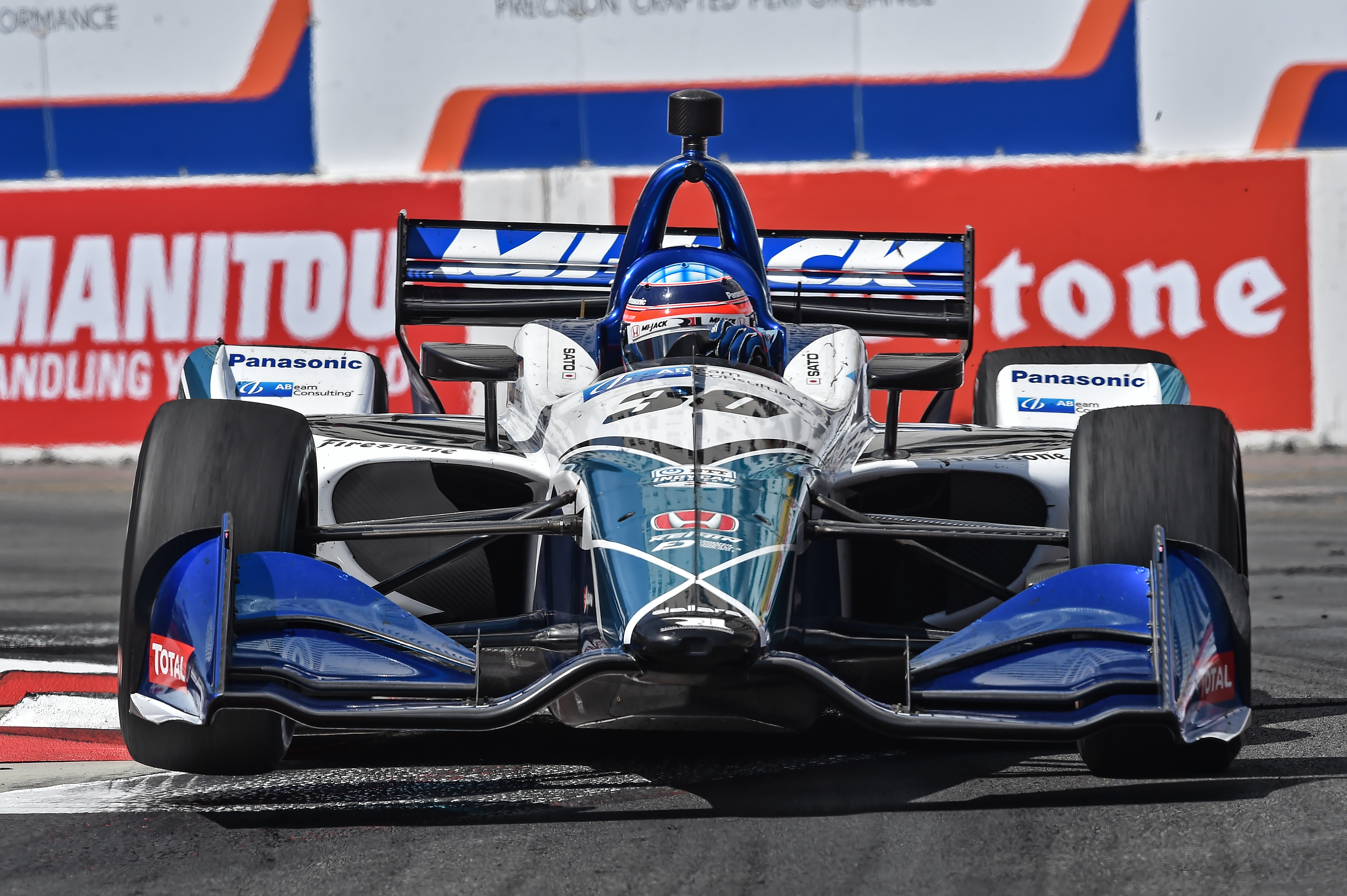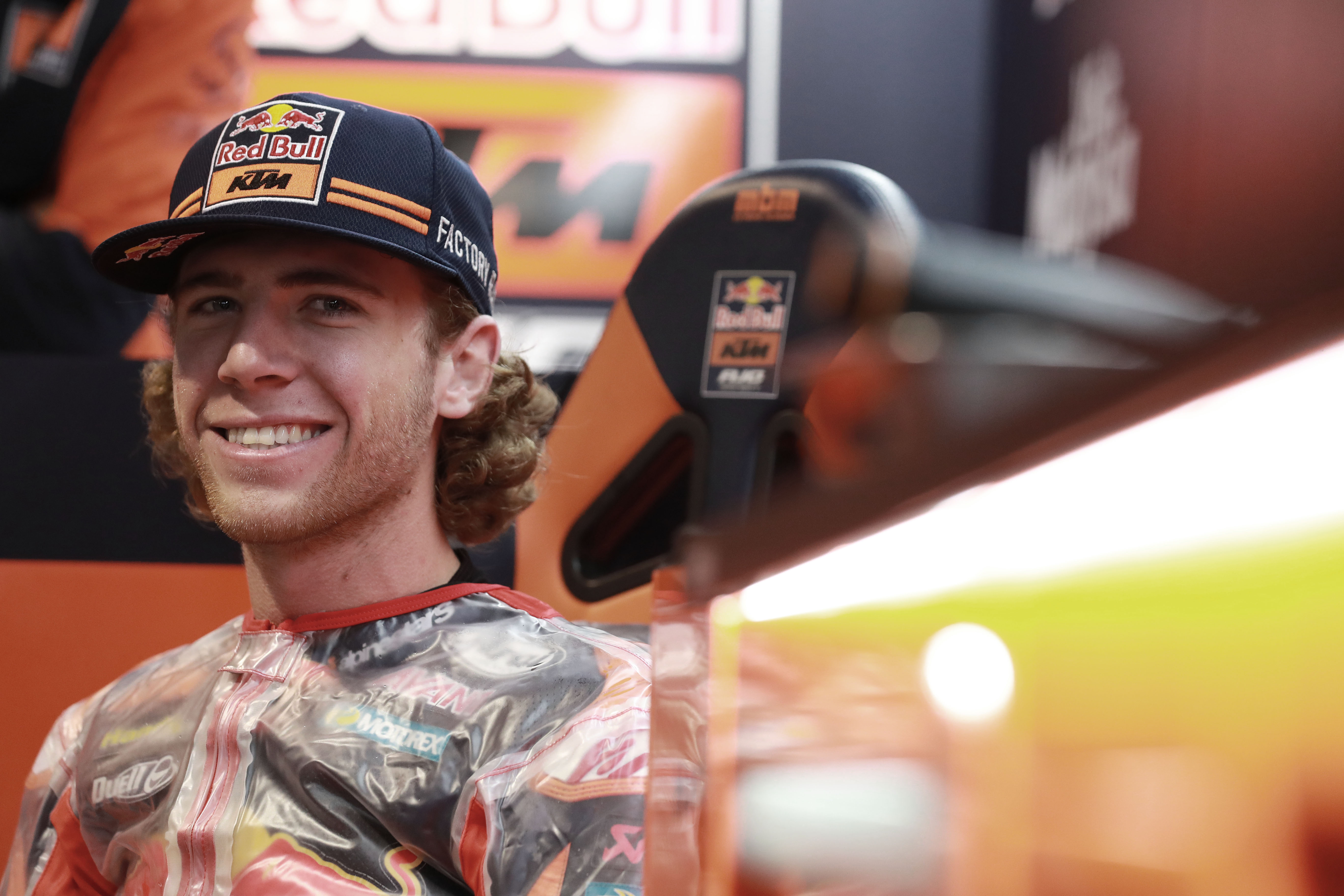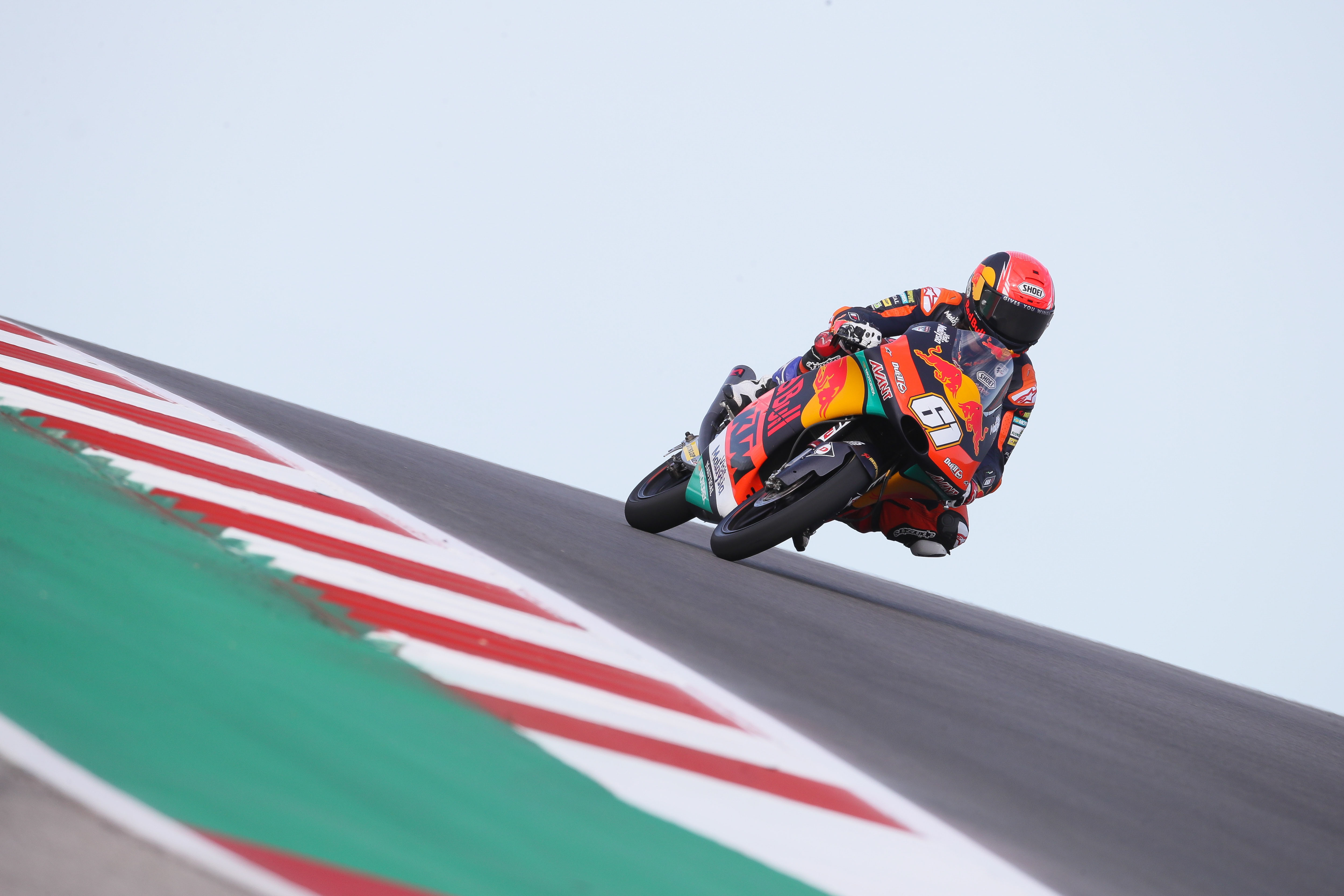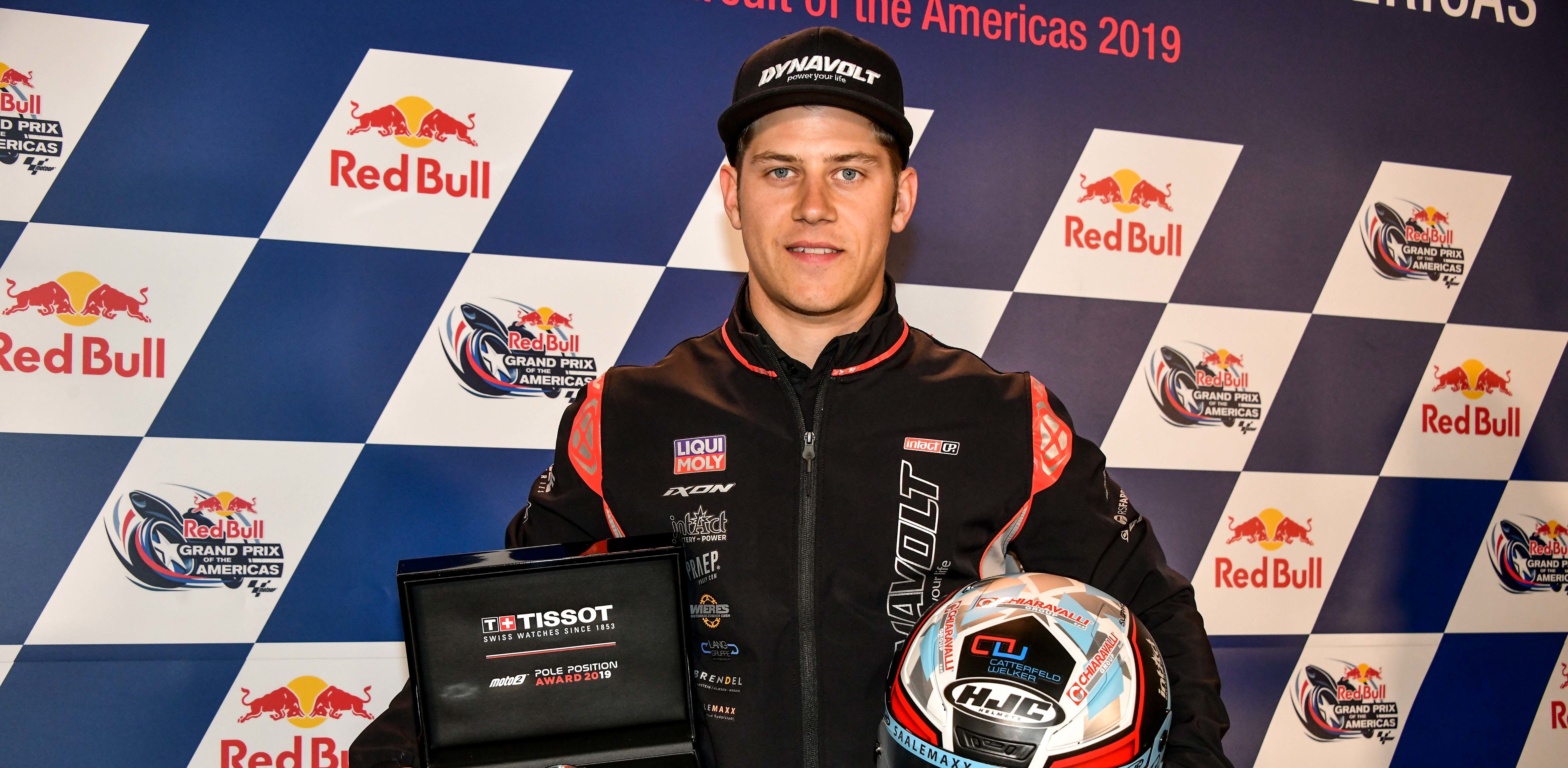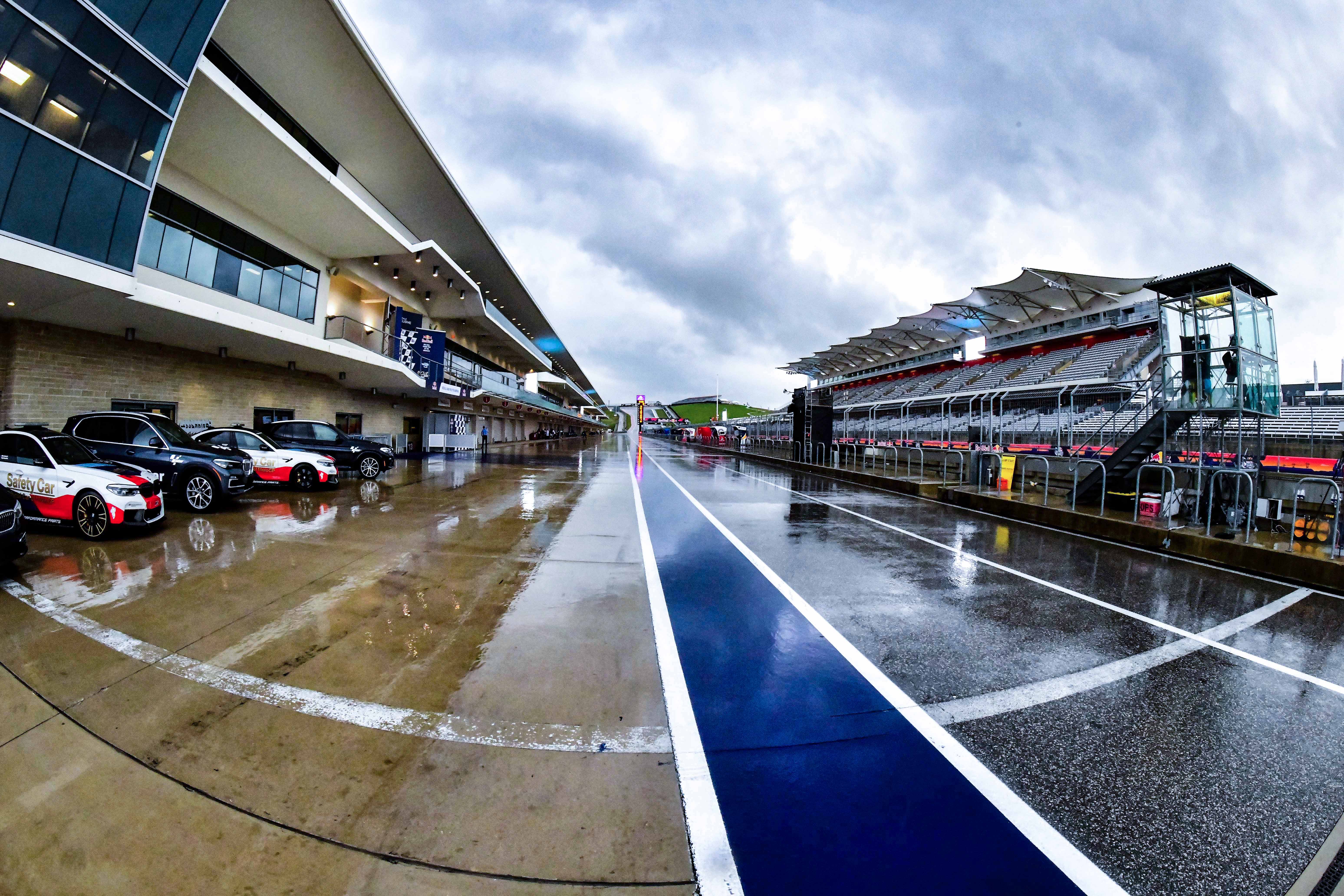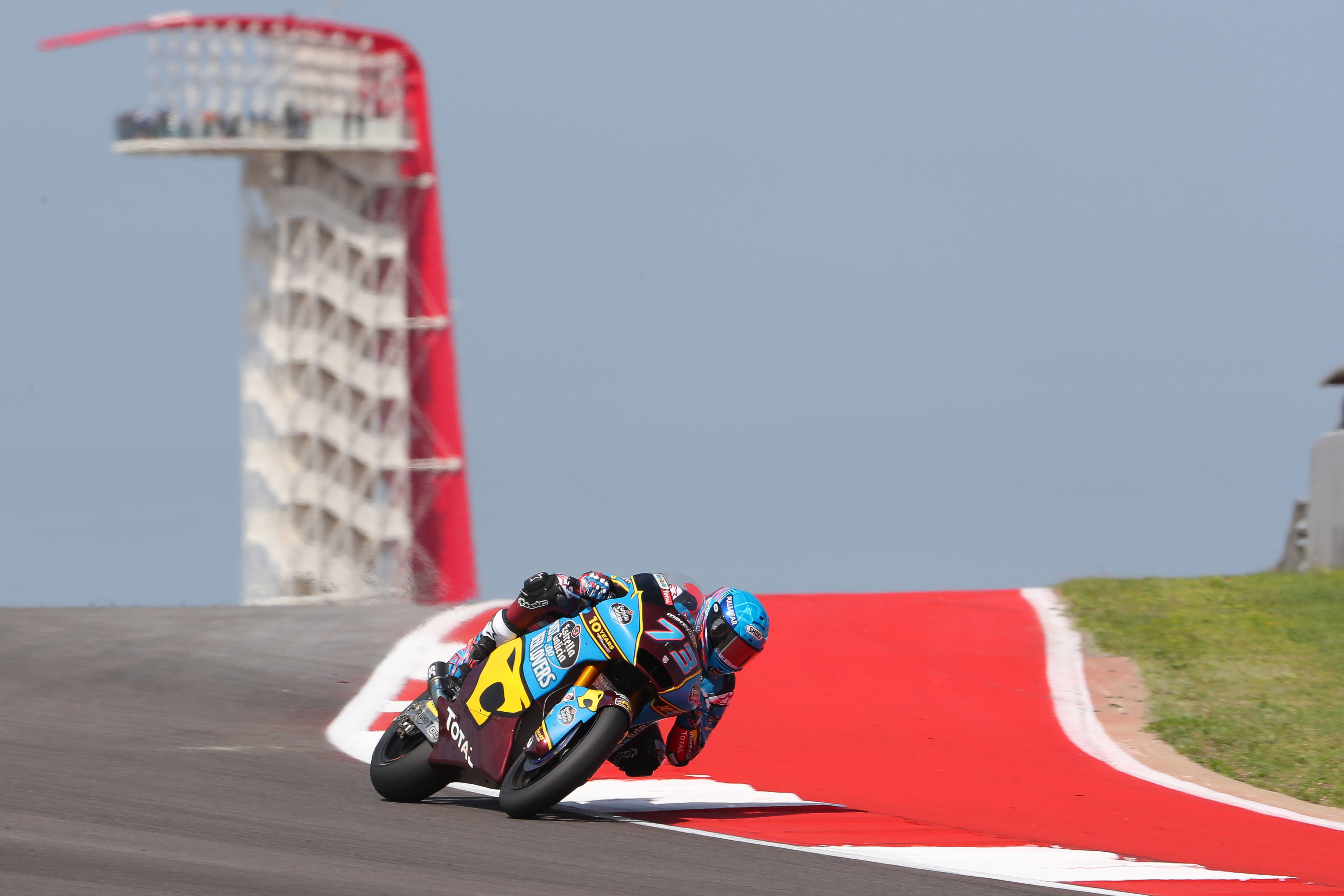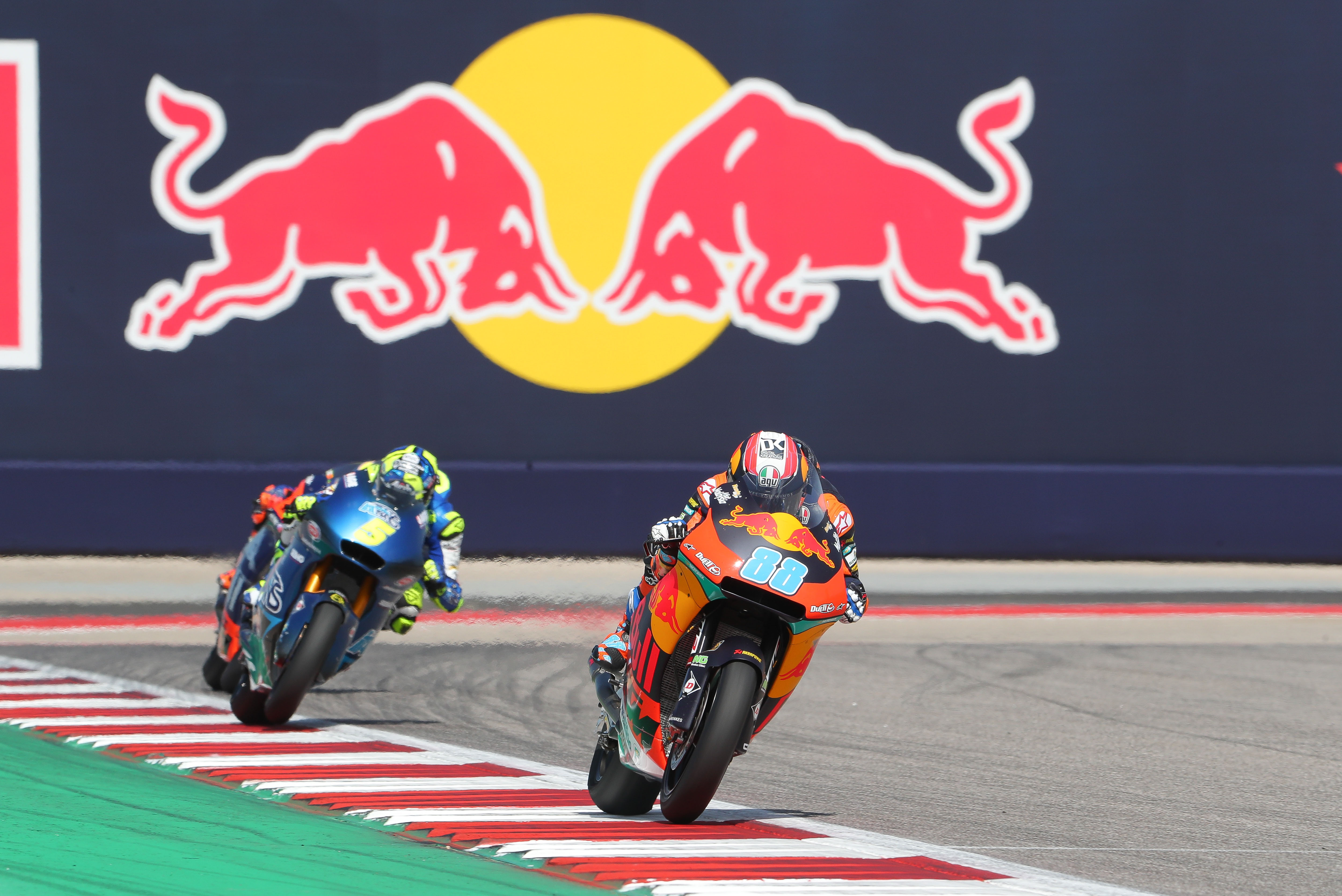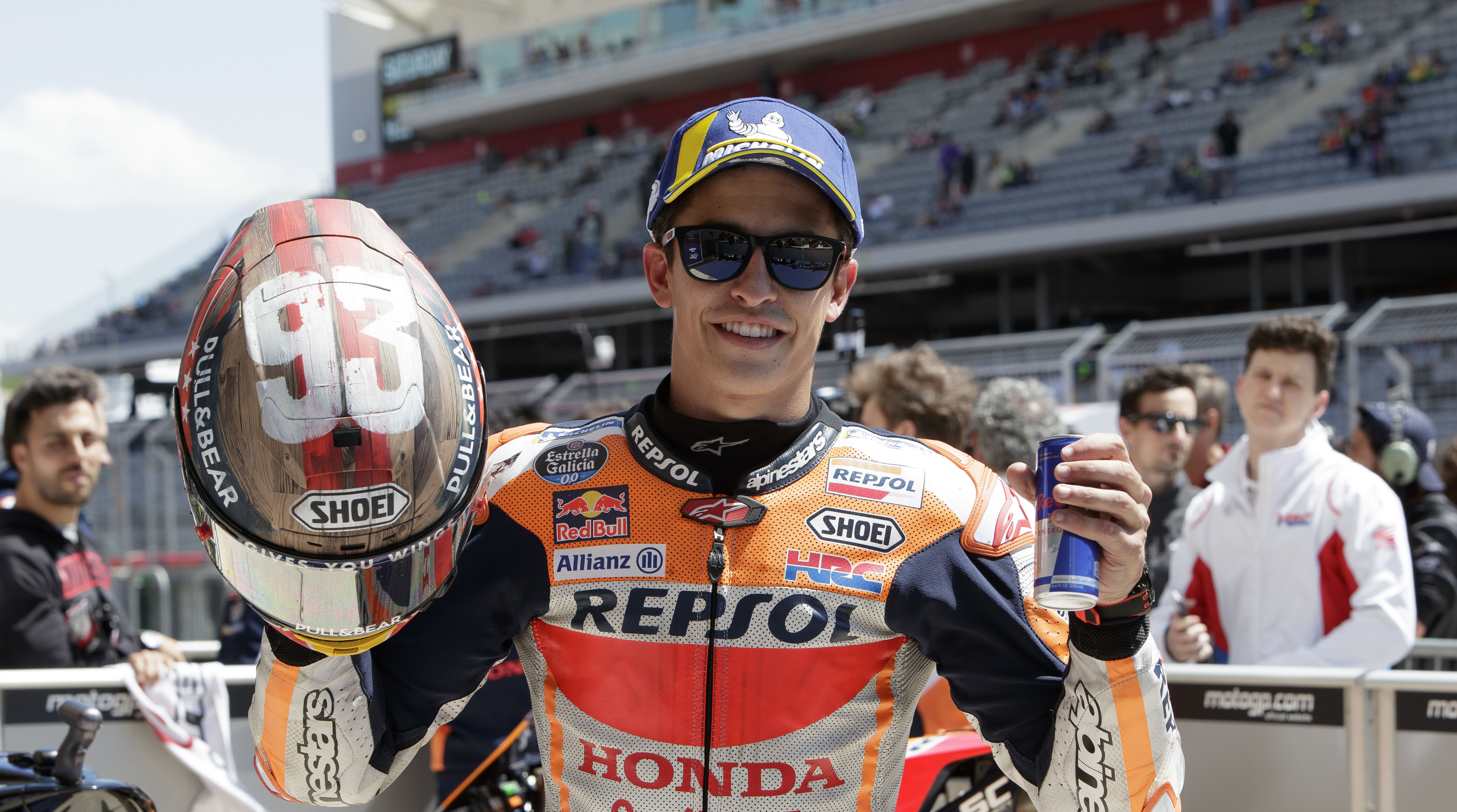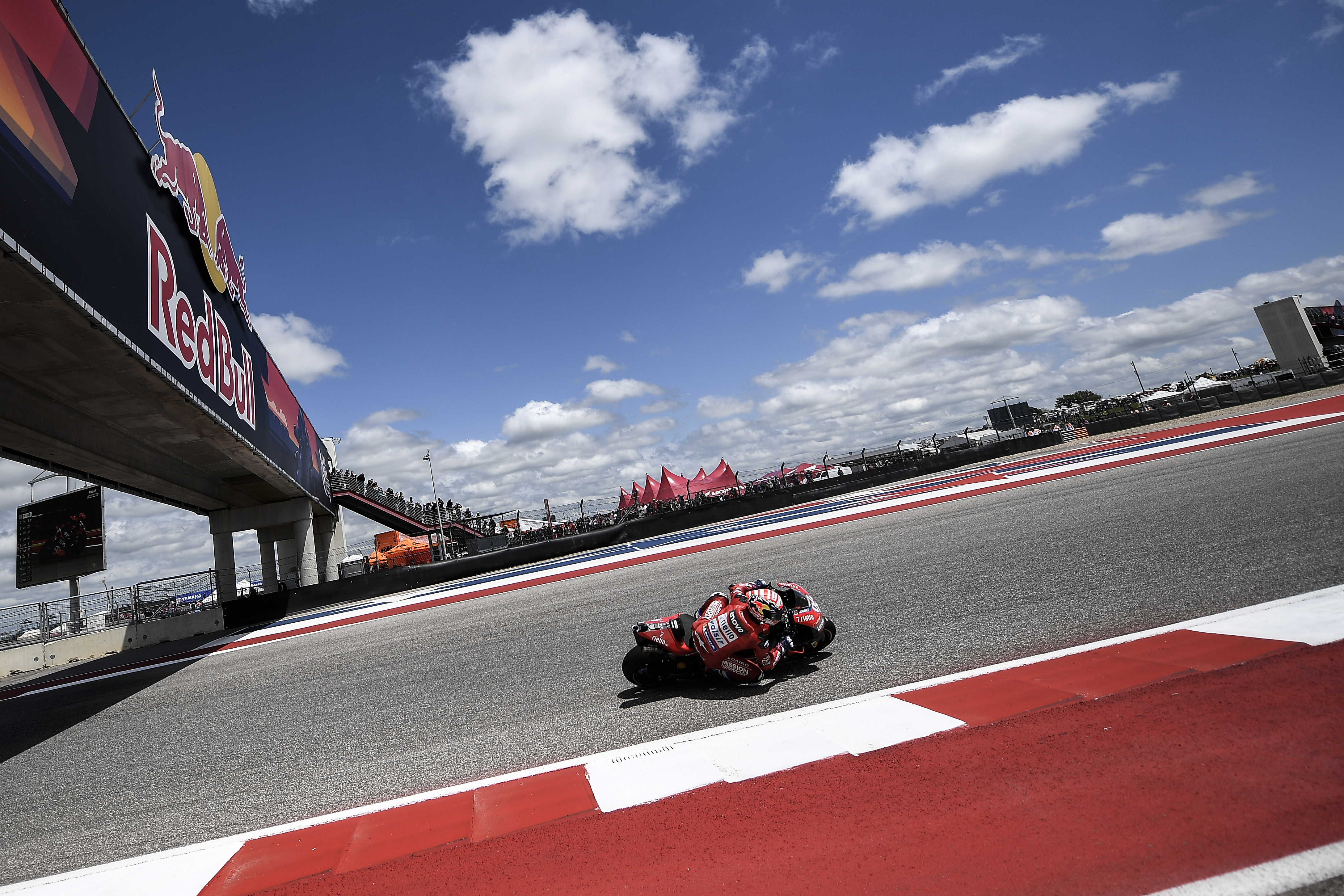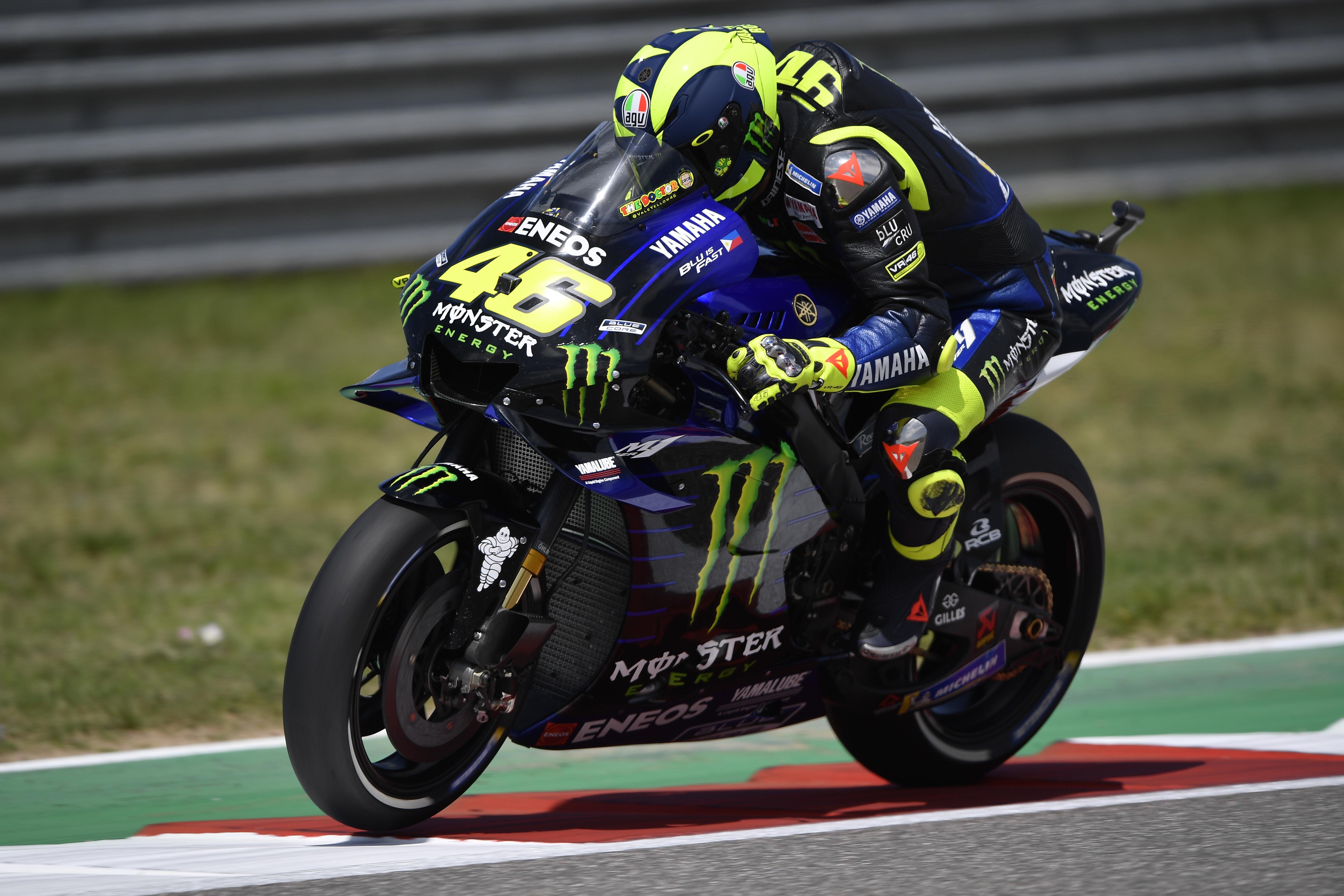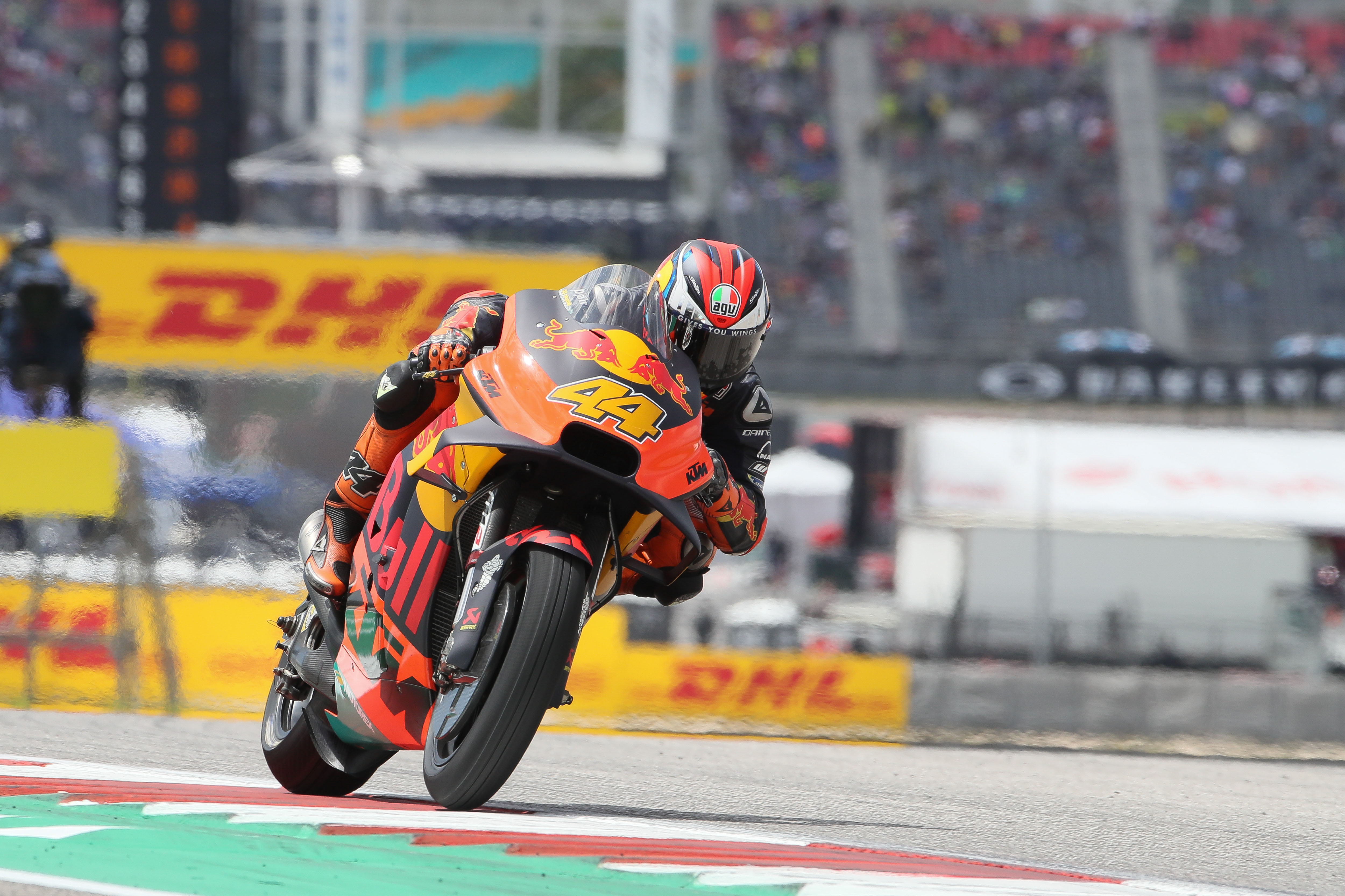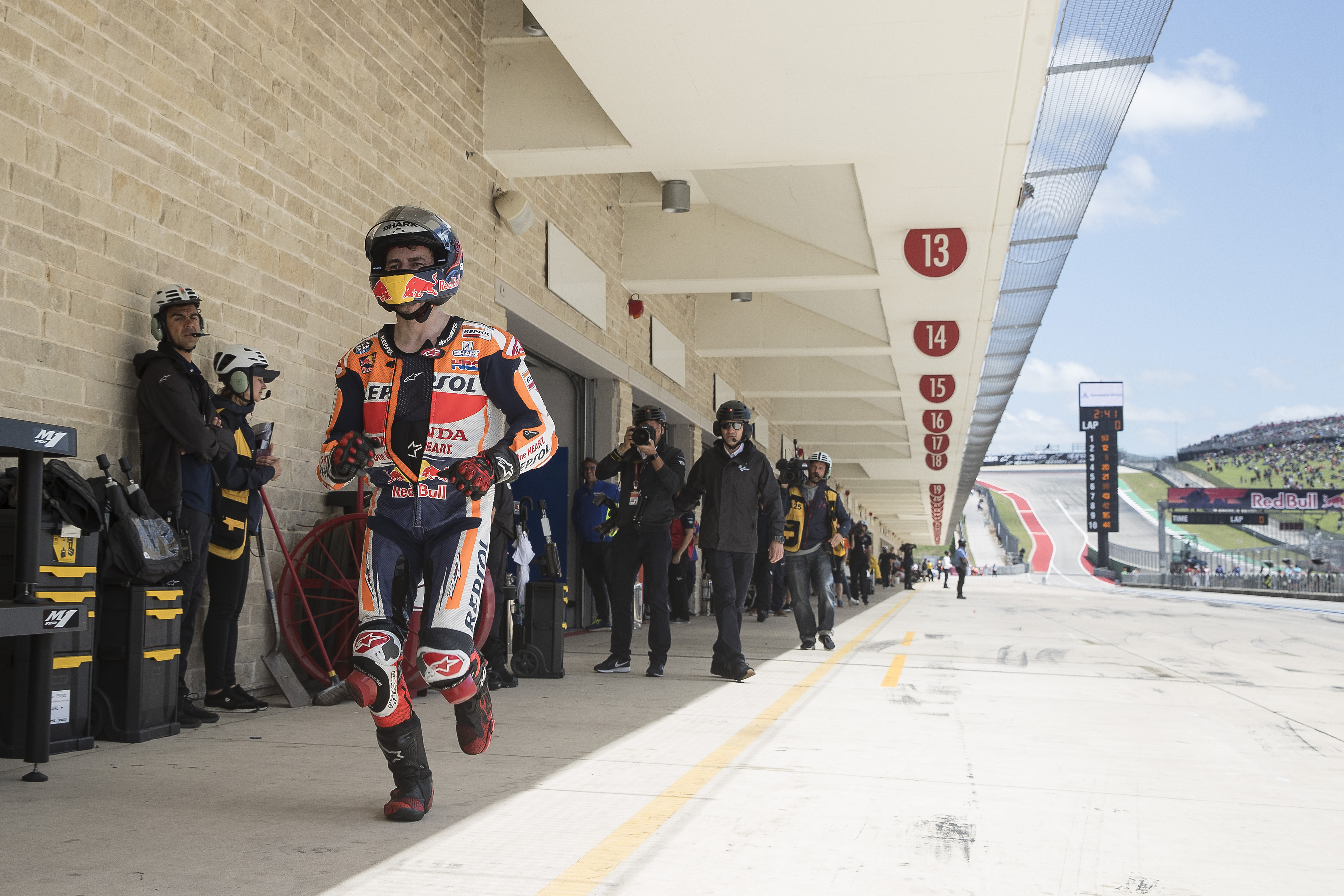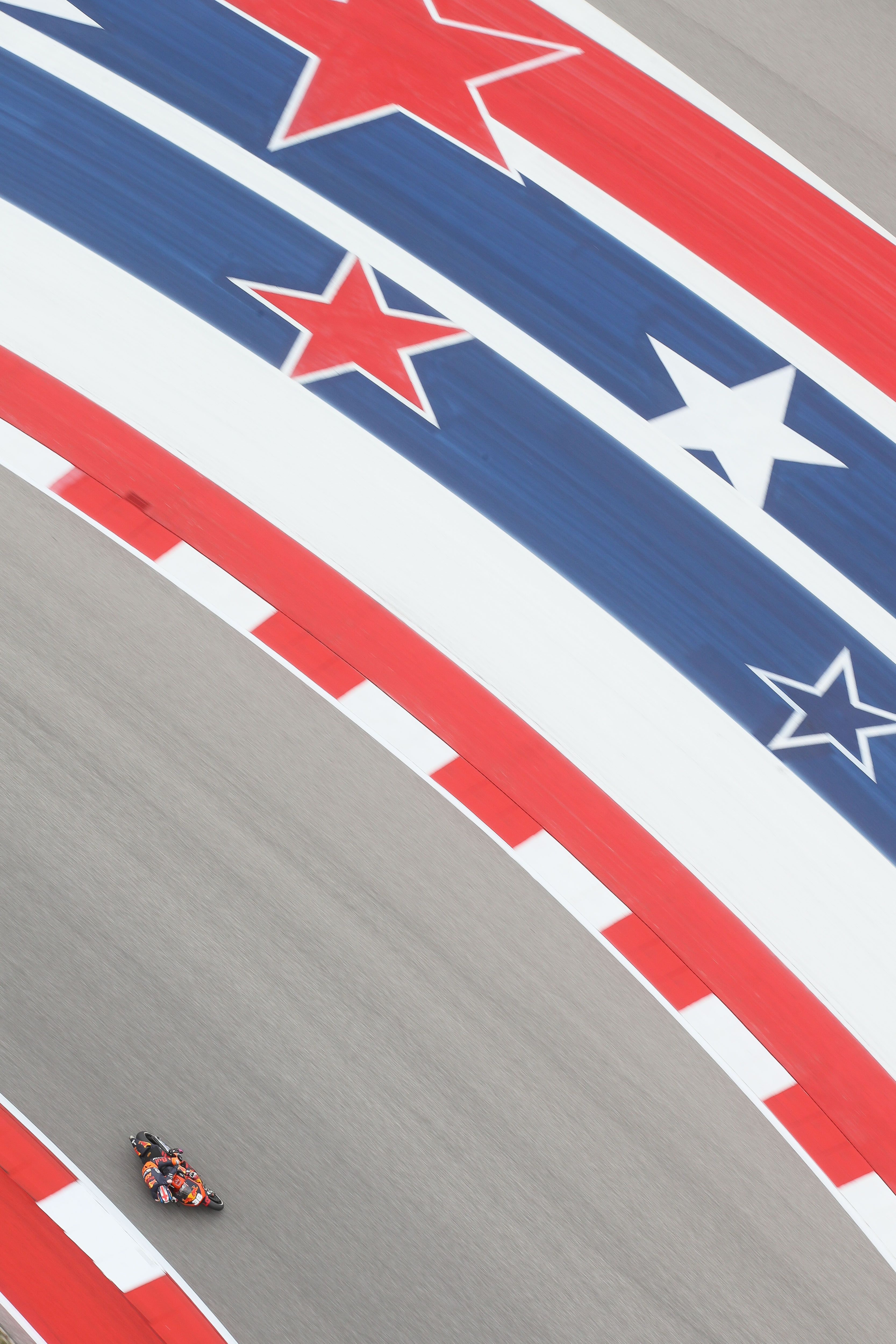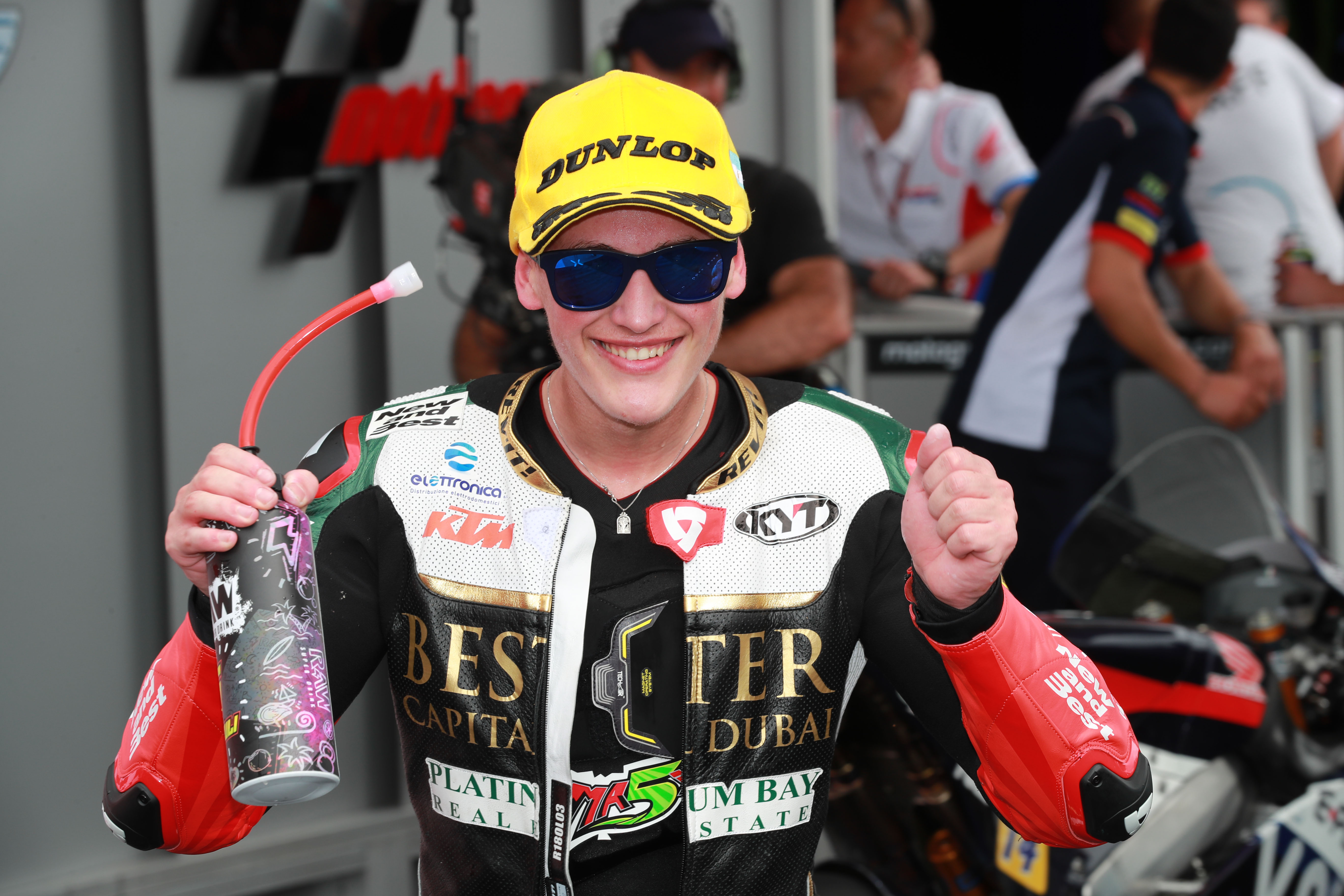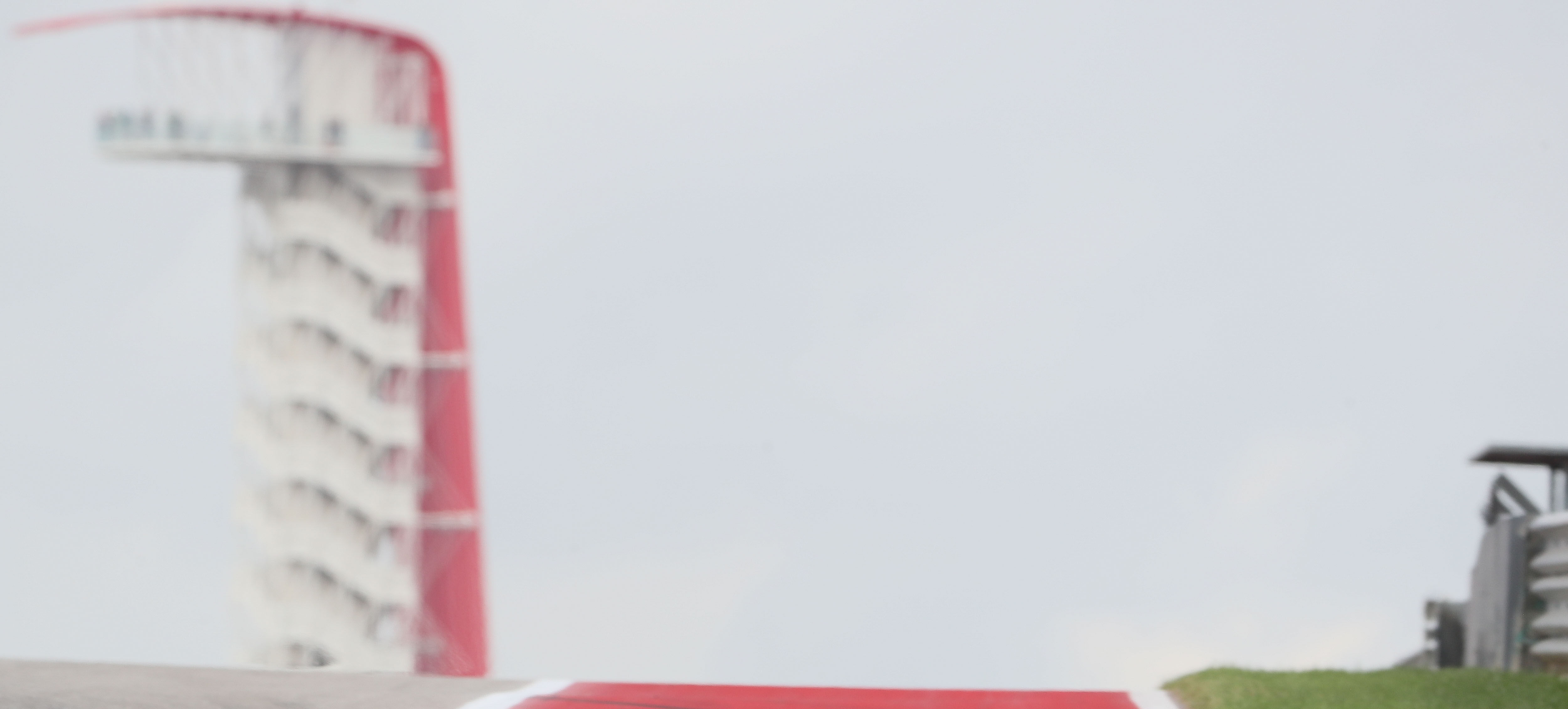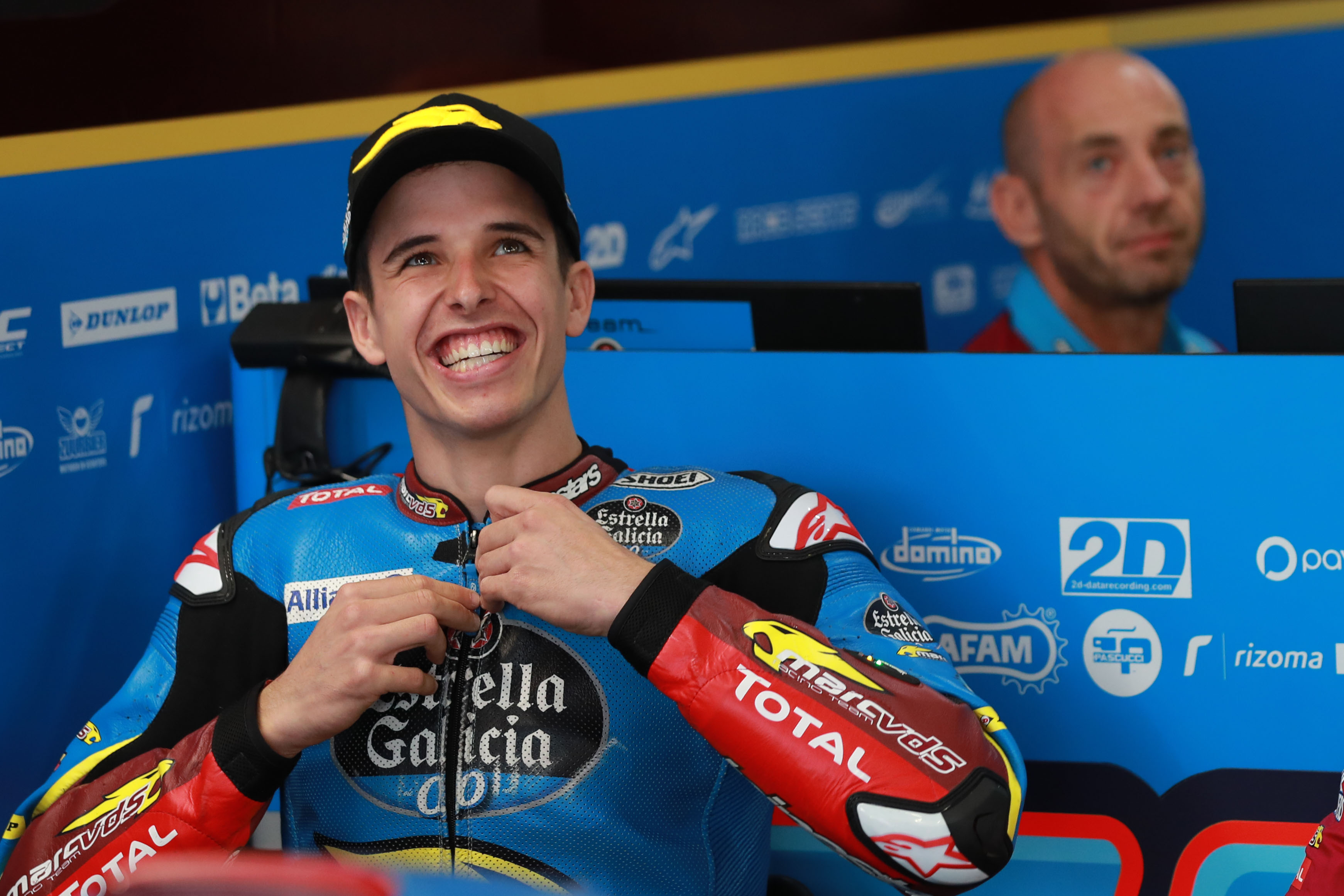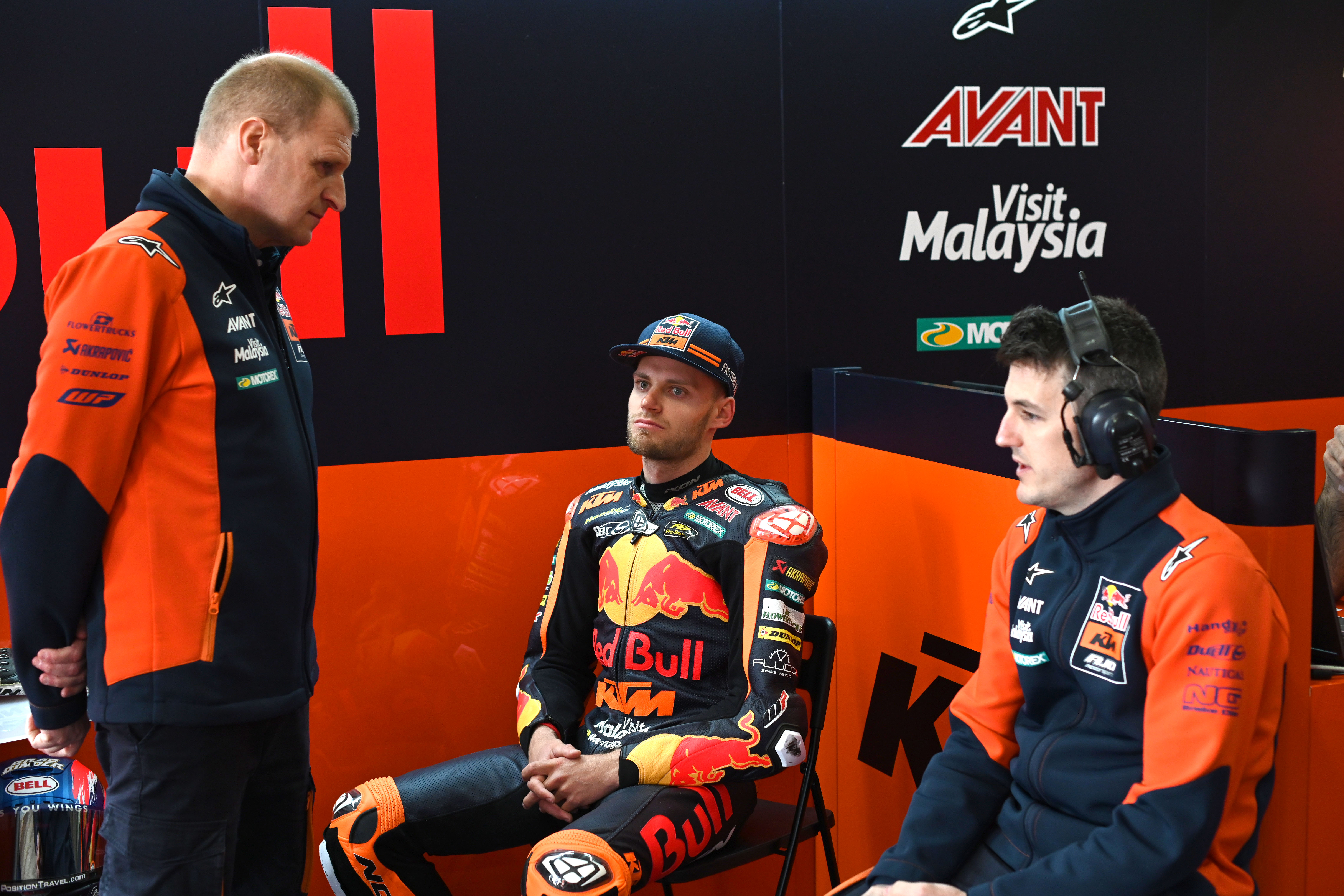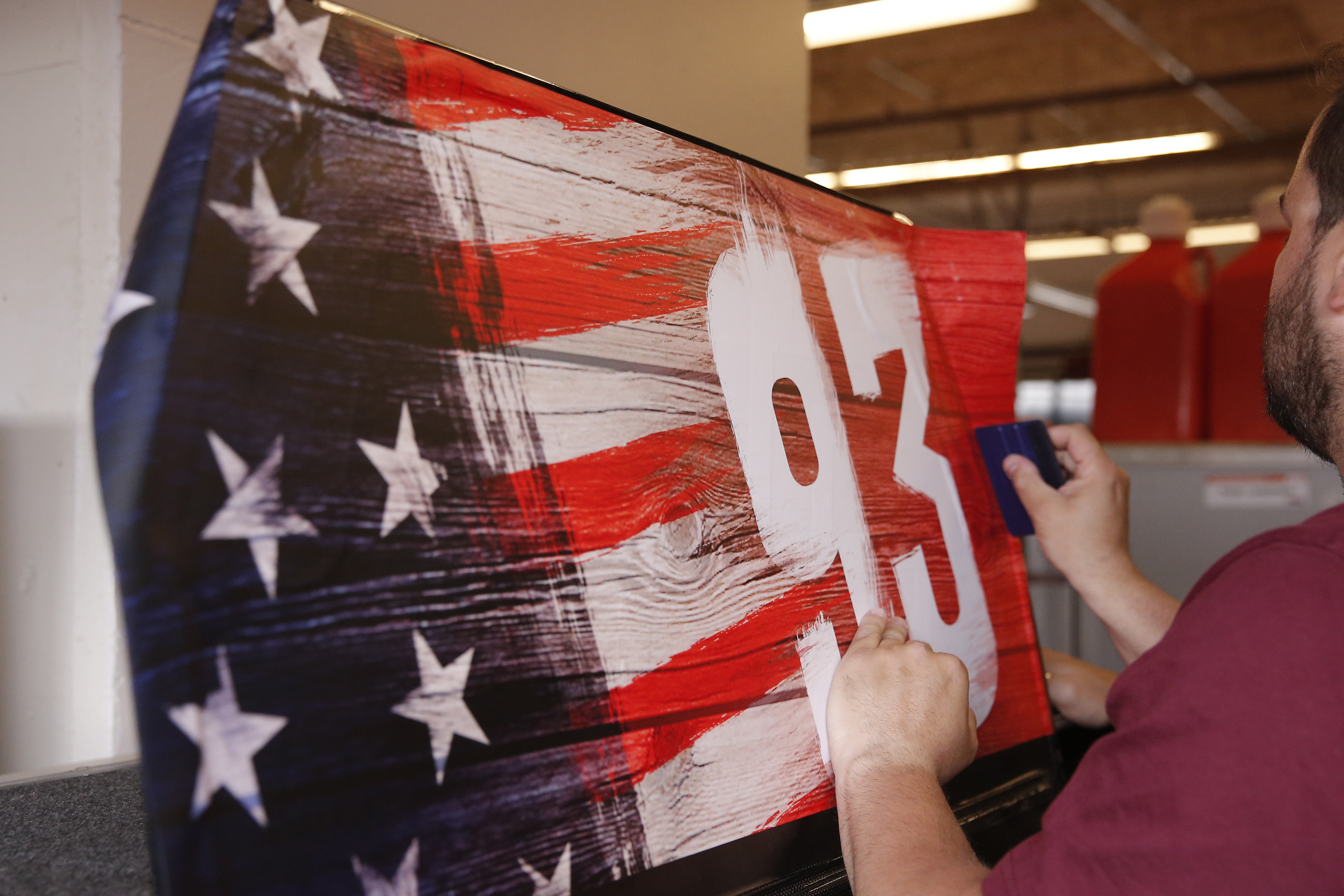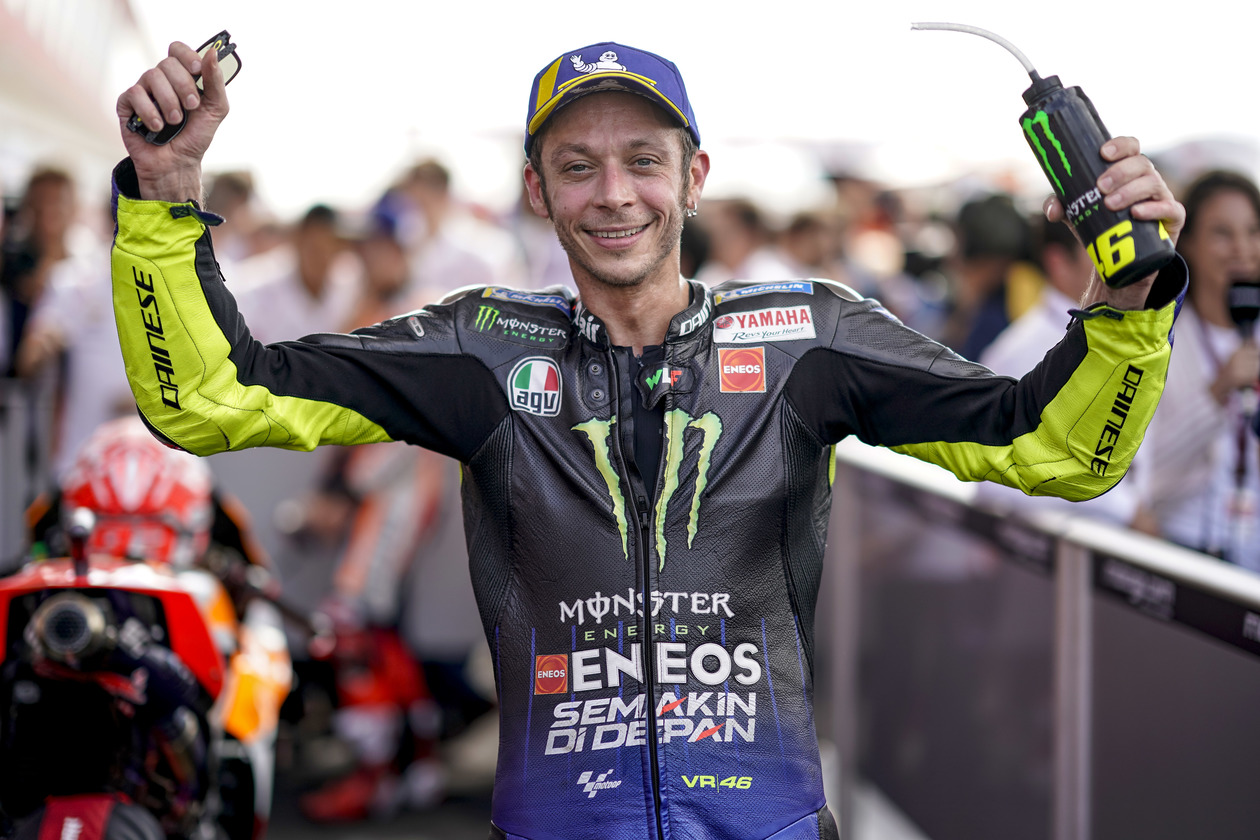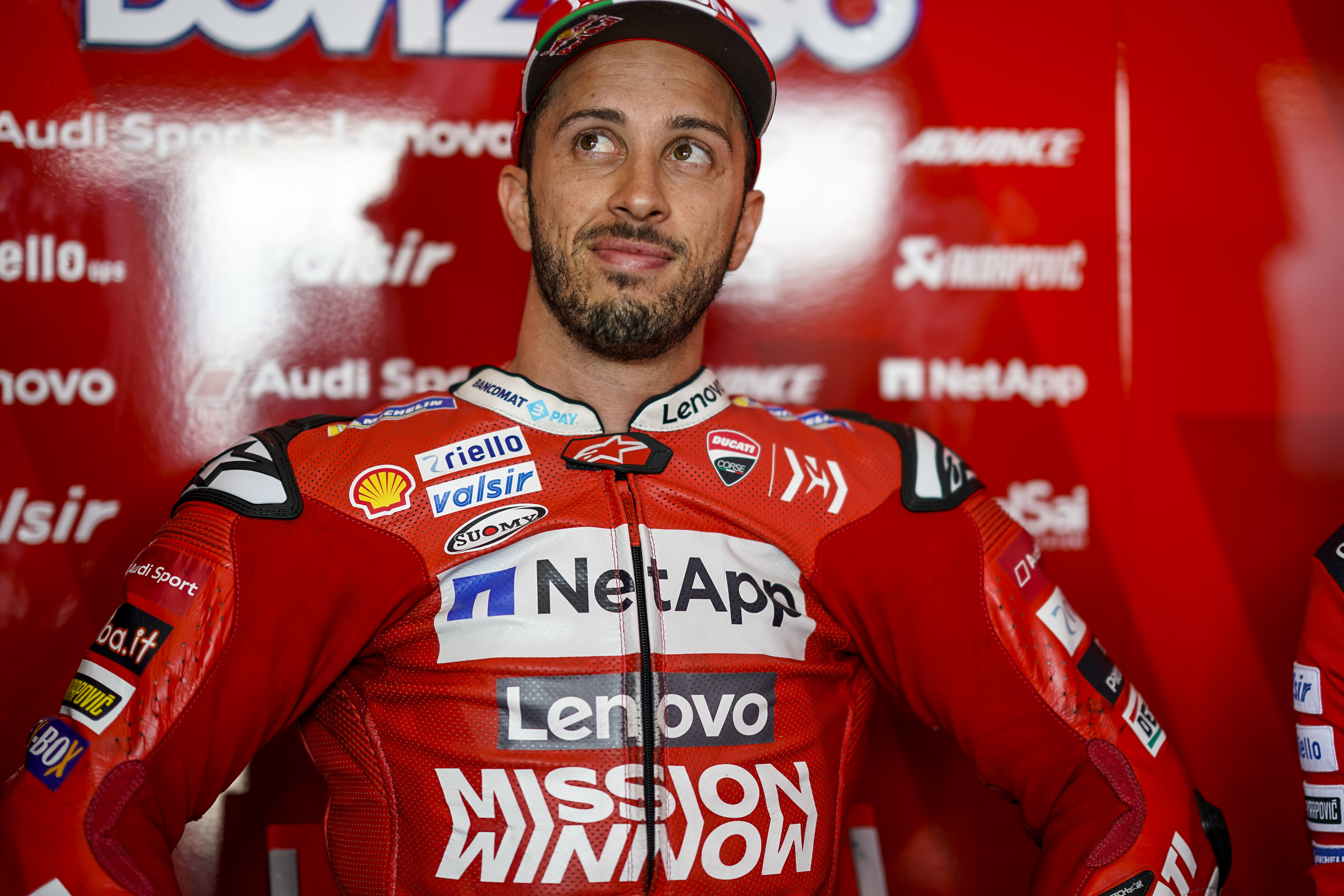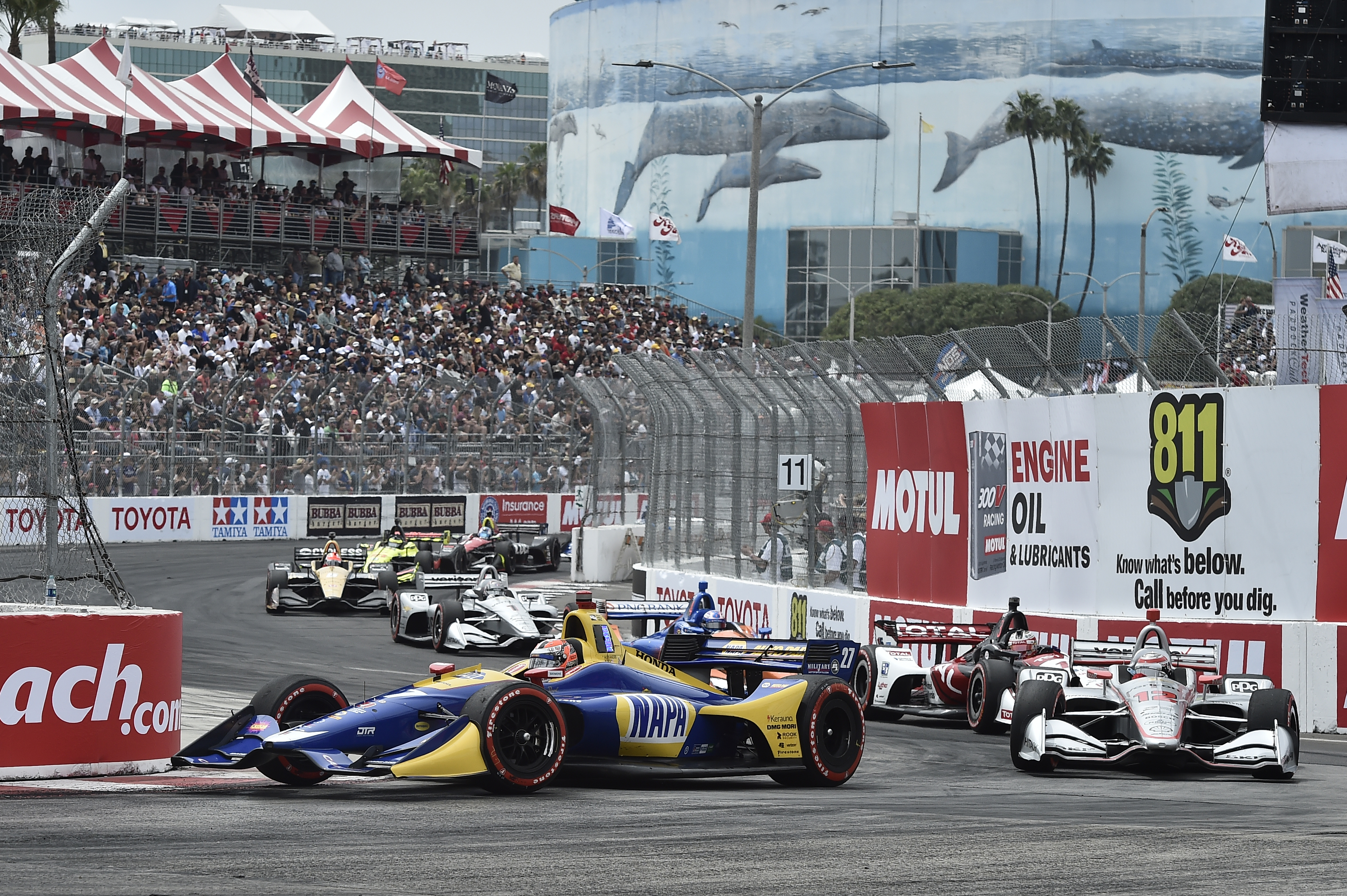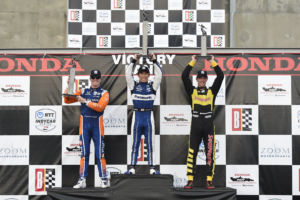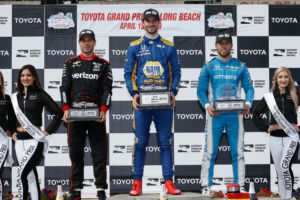The second race of the 2019 Superbike World Championship’s fourth round at Assen saw Alvaro Bautista (ARUBA.IT Racing – Ducati) take his eleventh win in as many races in the series, with Michael van der Mark (Pata Yamaha WorldSBK Team) and Jonathan Rea (Kawasaki Racing Team WorldSBK) joining him on the podium.
The grid in race two was as race one, with Alvaro Bautista on pole. The Spaniard made the holeshot again, but by turn five he was back to second.
This was because Jonathan Rea had made an incredible start. From eighth on the grid, he was third by turn one, and soon past van der Mark as well. With championship leader Bautista directly in front of him, Rea wasted no time in getting past.
Knowing he needs to take a lot of points out of the Spaniard to make his championship hopes more realistic, Rea then slowed the pace to get more people involved. Despite the conditions being better than in the morning, the early race pace was nearly one second slower than in race one, and that kept the pack glued together.
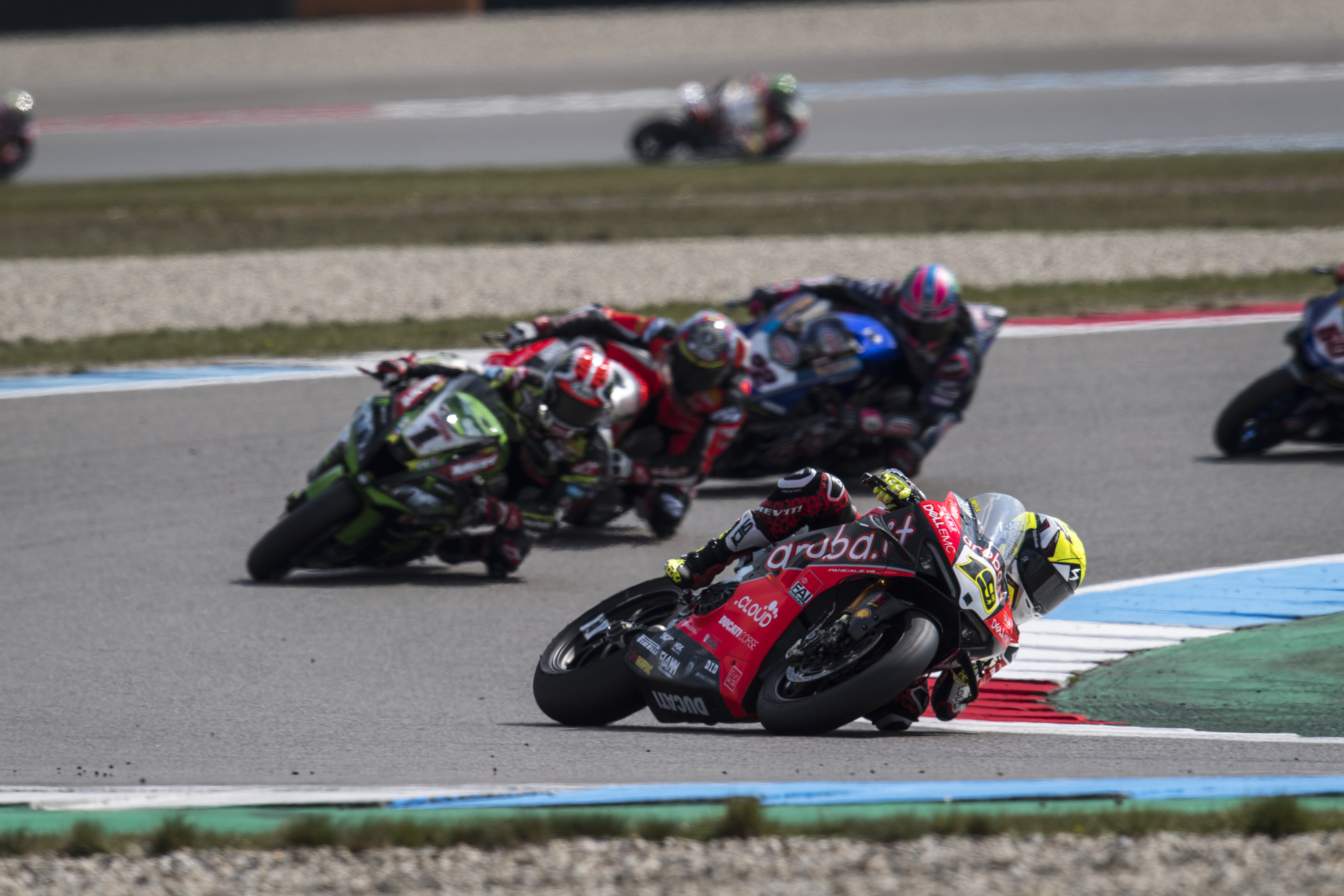
Bautista was trying to attack Rea, but van der Mark was hounding him from behind. Eventually, the Spaniard was able to pass the reigning champion in turn eight. It was expected that Rea would fight straight back, but any attempt he might make was thwarted as Chaz Davies (ARUBA.IT Racing – Ducati) slid through on Rea in turn nine. This cost Rea his rhythm, and soon he was back behind van der Mark and almost Alex Lowes (Pata Yamaha WorldSBK Team) as well.
It took a lap for Rea to respond and fight back, and by the time he had recovered second position, Bautista was one second clear. Rea pushed hard to try and close the gap, pushing on the absolute limit as he traded the fastest lap of the race with Bautista for five or six tours.
However, Bautista was able to eek out the gap, and soon he was out of reach, a couple of seconds up the road.
Rea then sat back, ready to soak up another second place, but from almost two seconds back, the home rider closed on the reigning champion and passed him with three laps to go. Rea fought back, though, despite clearly missing grip on the right side of the tyre, and he tried to pass the Dutchman in turn ten on the final lap. There was some small contact but both riders stayed on.
They were far enough clear of Lowes behind to not lose any further positions, and after Bautista had claimed his eleventh straight win – matching Rea’s run of eleven straight wins at the end of 2018 – van der Mark and Rea crossed the line for the final time separated by just 0.018 seconds.
For van der Mark, this second place was important, as not only was it another podium at home, but also he became the first rider other than Bautista to beat Rea since Alex Lowes won race two at Brno last season when Rea crashed.
For Rea’s championship, the third place is quite negative, because he is now fifty-three points behind Bautista in the championship. However, there is no doubt the reigning champion enjoyed the battle at the end with van der Mark.
Alex Lowes was able to stick with his teammates pace for a portion of the race, but towards the end he dropped back and ended up in a quite lonely fourth, five seconds behind Rea, and three seconds ahead of Chaz Davies who came home in fifth after a much better ride for the Welshman in the second outing.
Markus Retierberger (BMW Motorrad WorldSBK) took his second sixth place of the day, finishing just under two seconds behind Davies. However, the German had a big battle at the end of the race with his factory BMW teammate, Tom Sykes, who he beat over the line by 0.014 seconds.
Leon Haslam (Kawasaki Racing Team WorldSBK) was in the fight with Alex Lowes and Chaz Davies for much of the race, but fell back dramatically towards the end, perhaps struggling with similar tyre issues to those of his teammate, and finished eighth, ahead of Toprak Razgatlioglu (Turkish Puccetti Racing) who was top ‘independent’, half a second ahead of fellow ‘independent’ Kawasaki rider Jordi Torres (Team Pedercini Racing).
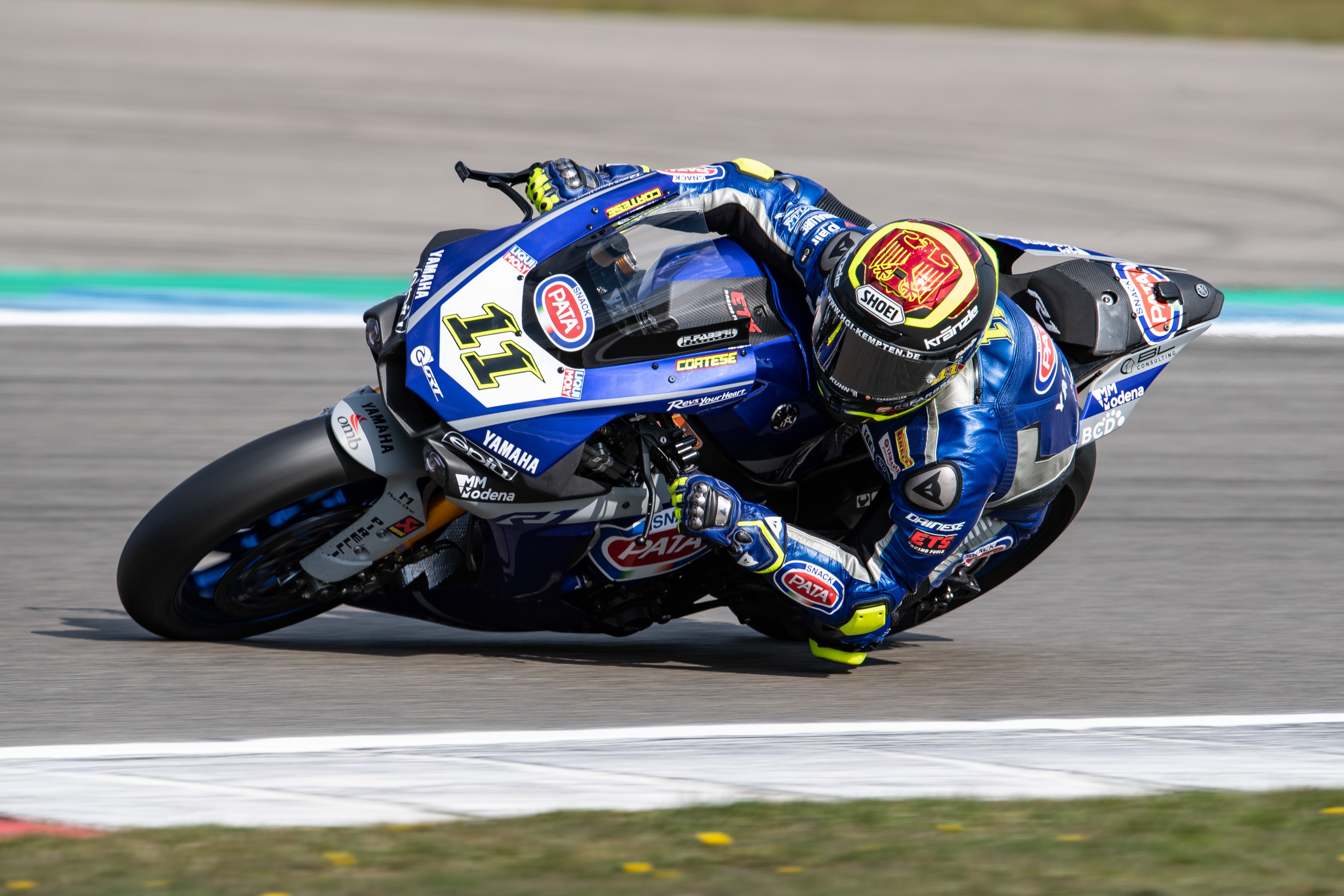
Four seconds back of Torres was Sandro Cortese (GRT Yamaha WorldSBK) in eleventh, ahead of Leon Camier (Moriwaki Althea Honda Team), Eugene Laverty (Team GoEleven), Marco Melandri (GRT Yamaha WorldSBK) and Michael Ruben Rinaldi (BARNI Racing Team) who completed the points.
Sixteenth once again went to Leandro Mercado’s replacement at Orelac Racing VerdNatura, Hector Barbera, and Alessandro Delbianco (Althea Mie Racing Team) was the final finisher in seventeenth.
This weekend was the one where Bautista would be tested, and the one where he was most likely to be beaten. He has come away with his 100% winning record in WorldSBK still intact, and relatively comfortably as well. Imola is next up, the home of Ducati, and the first circuit on the calendar which Bautista has not raced at in the past. If he gets out of Imola still unbeaten it will be difficult to see what the others can do about the top step this season.
Featured image courtesy of Ducati
